Day 83 - Our Last Day Of The Pilgrimage, Fukutsu To Munakata, The Kyushu 108 Temple Pilgrimage, Japan
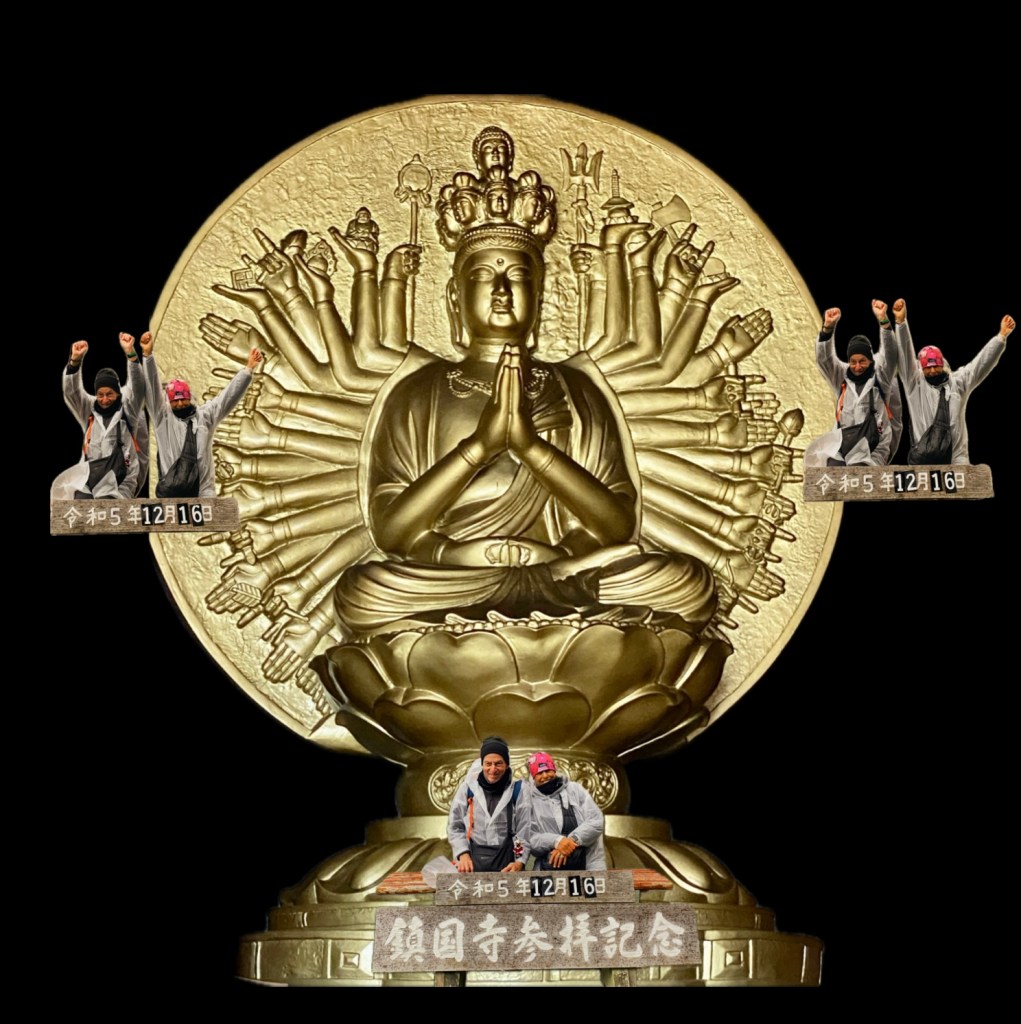
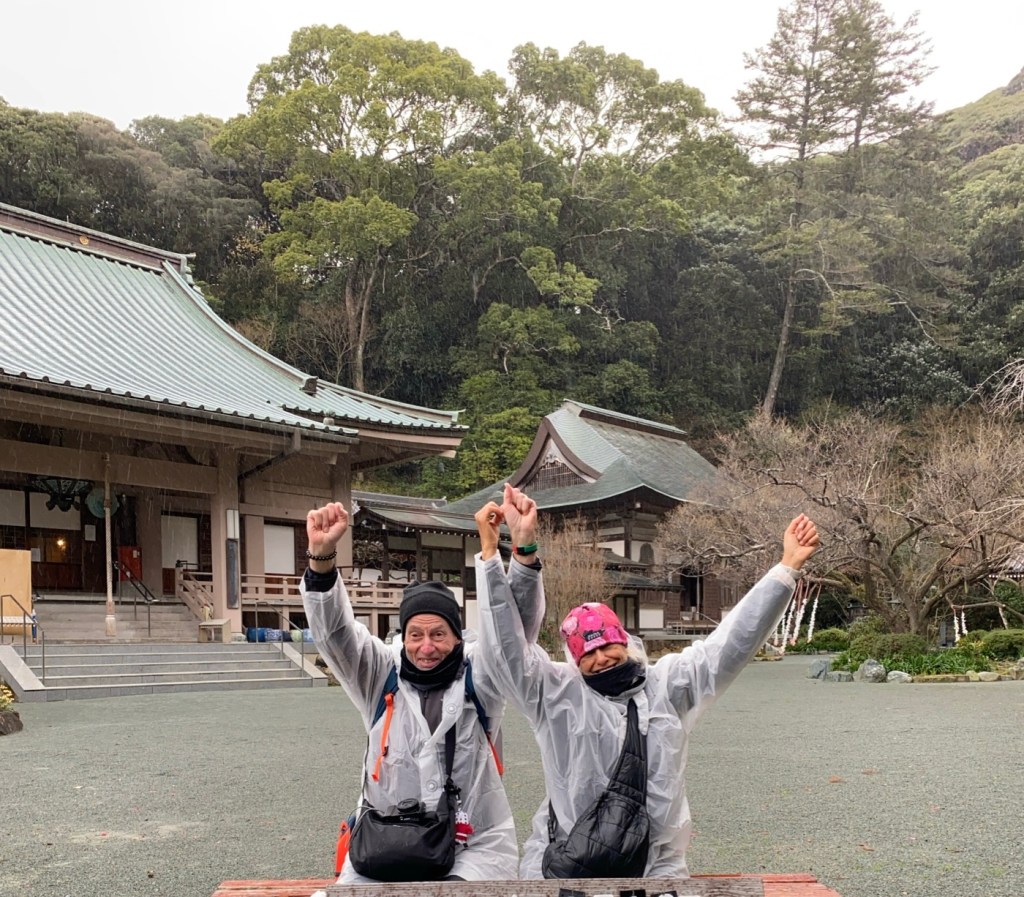
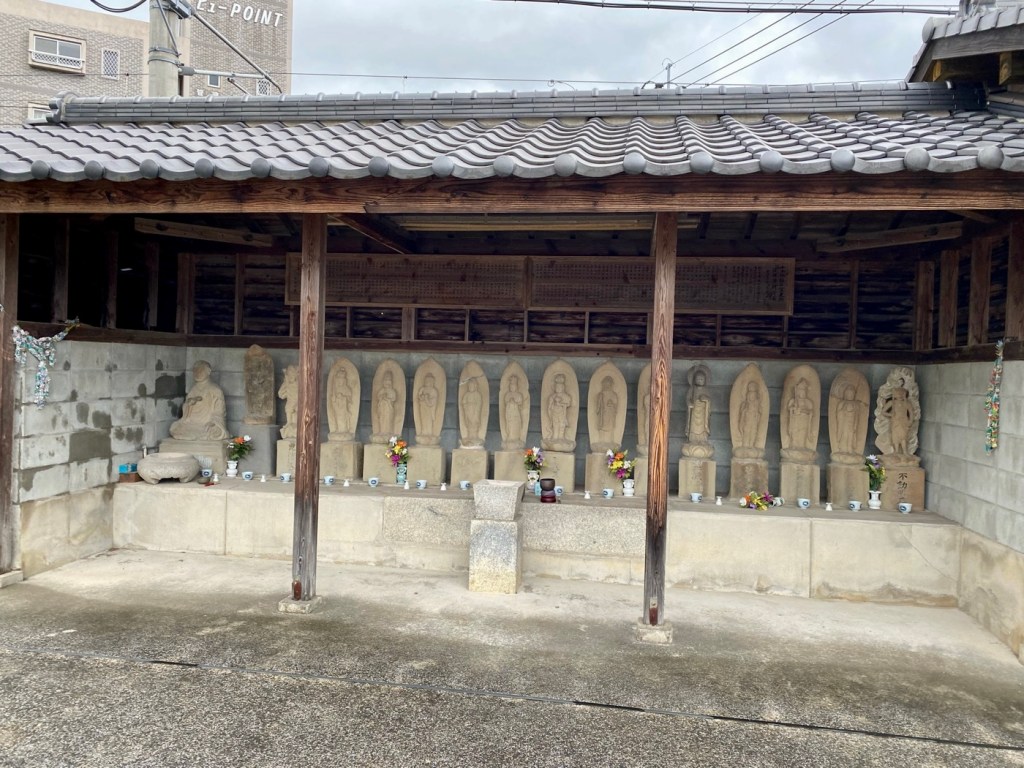
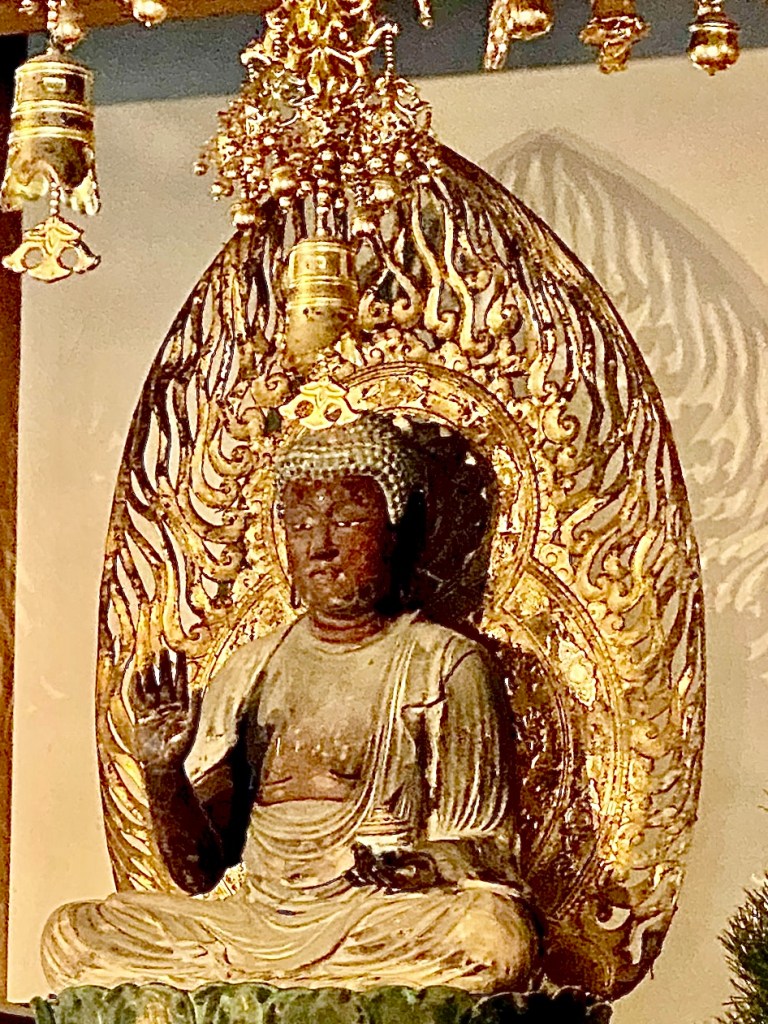
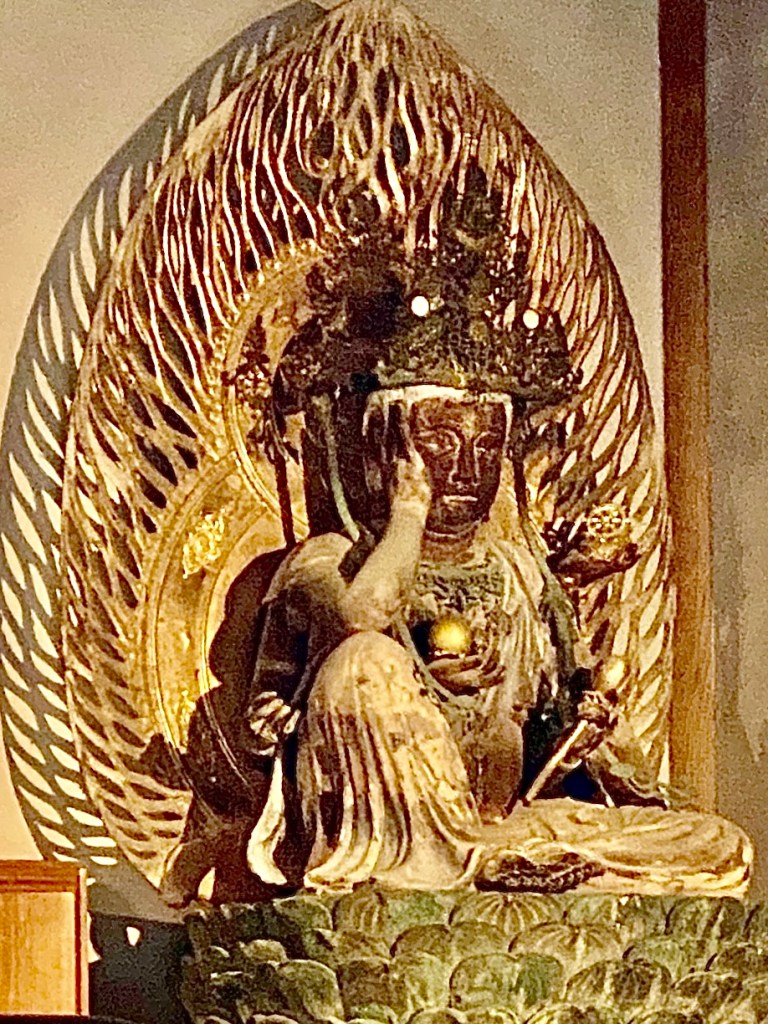
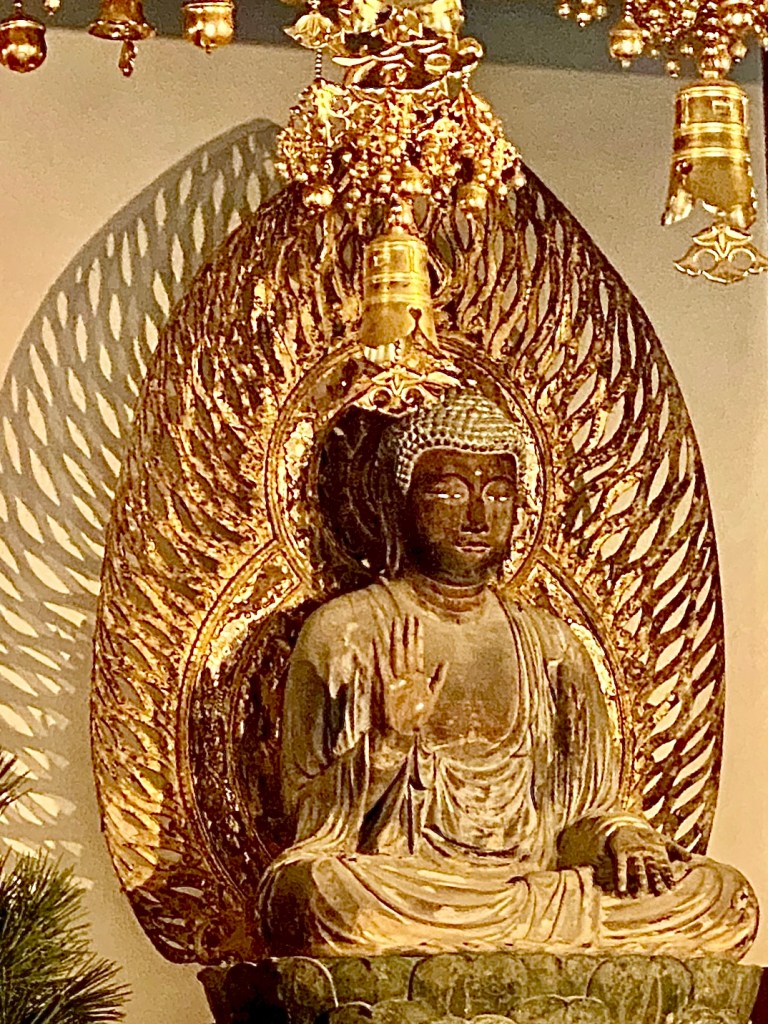
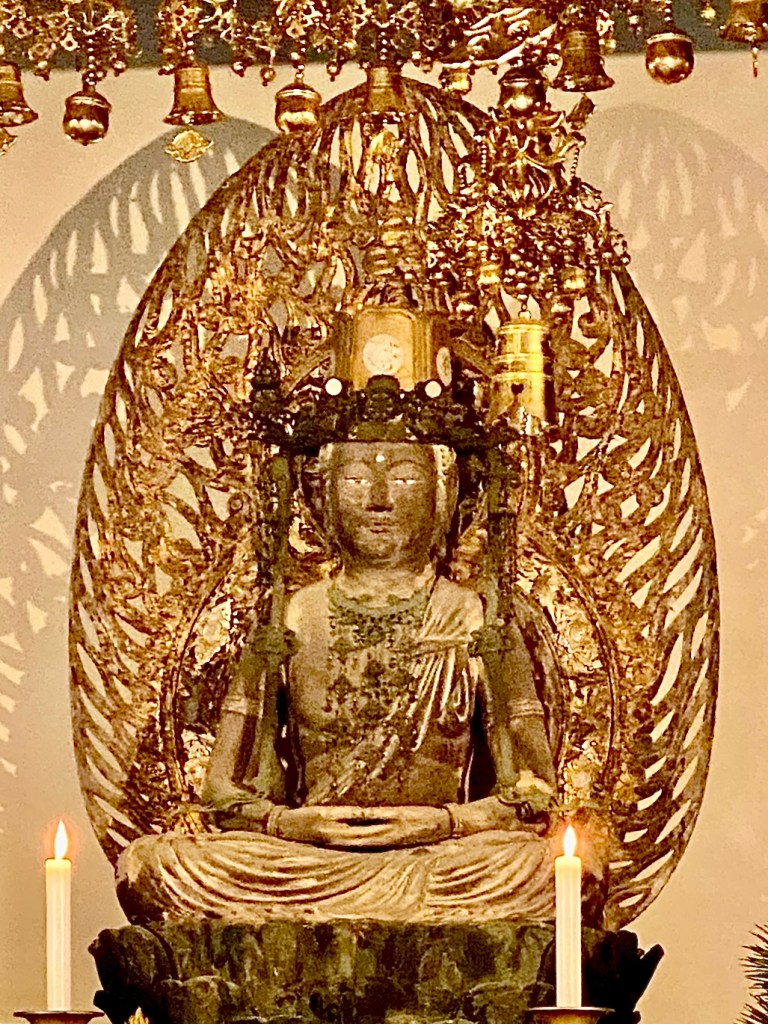

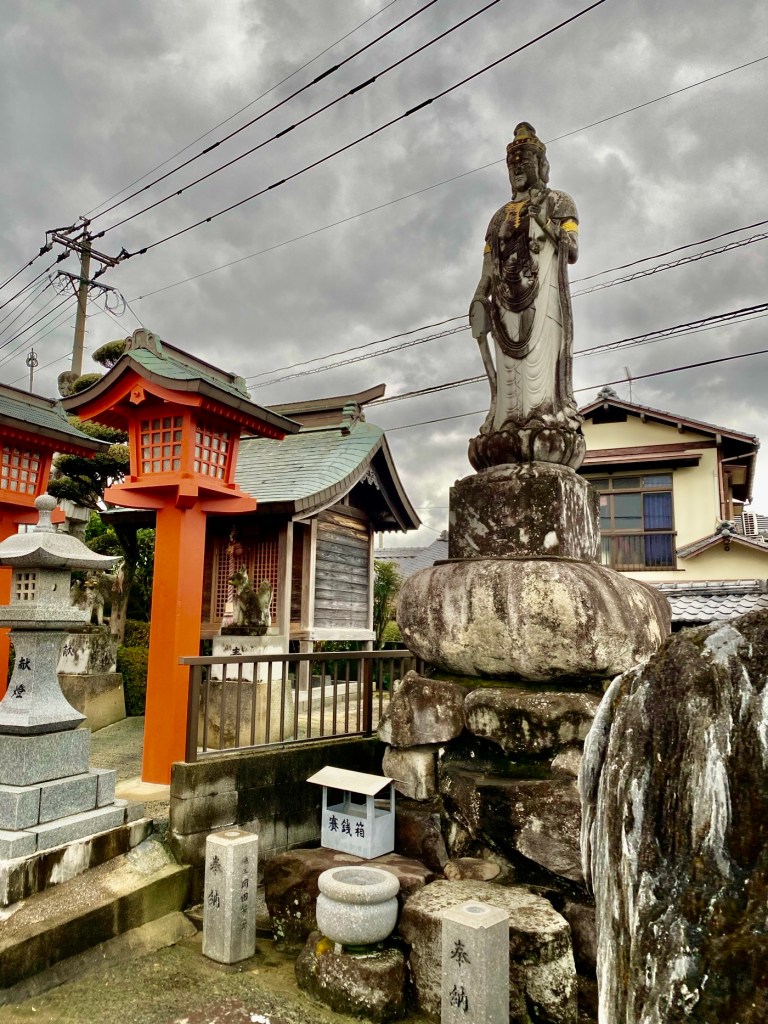
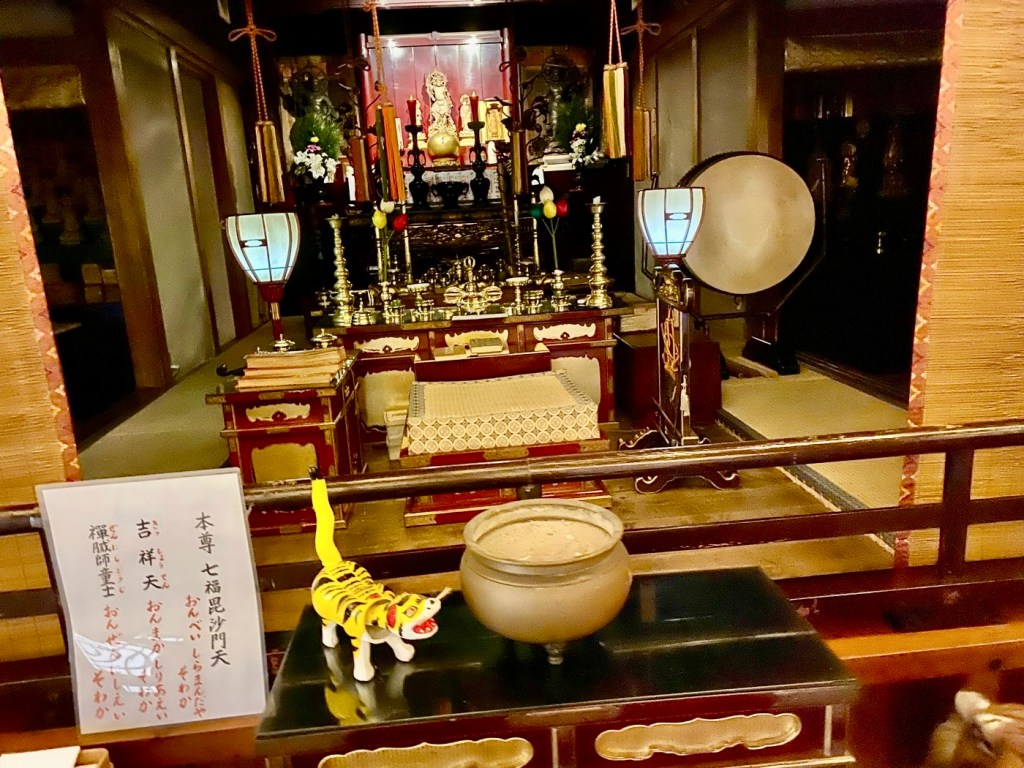
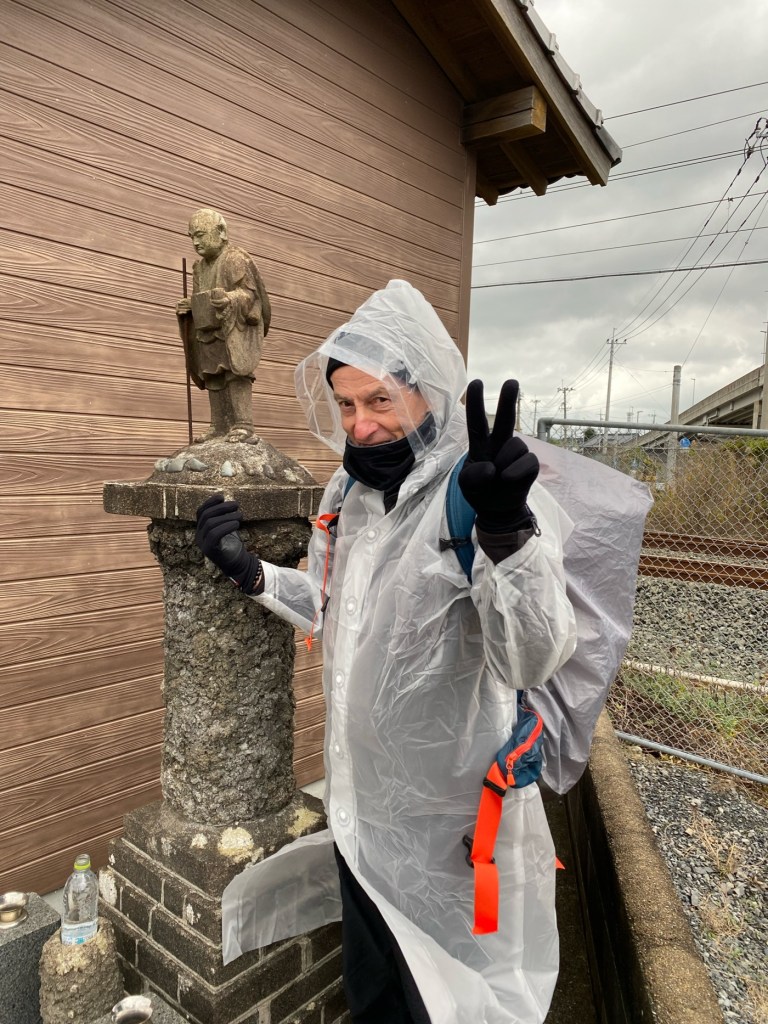
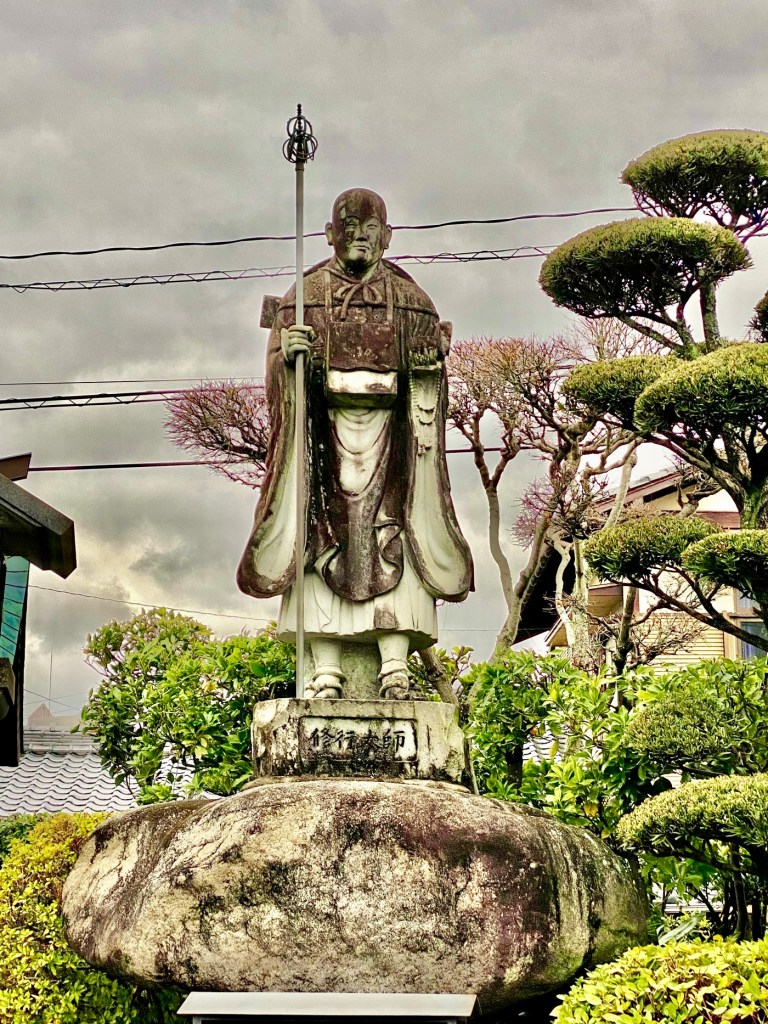
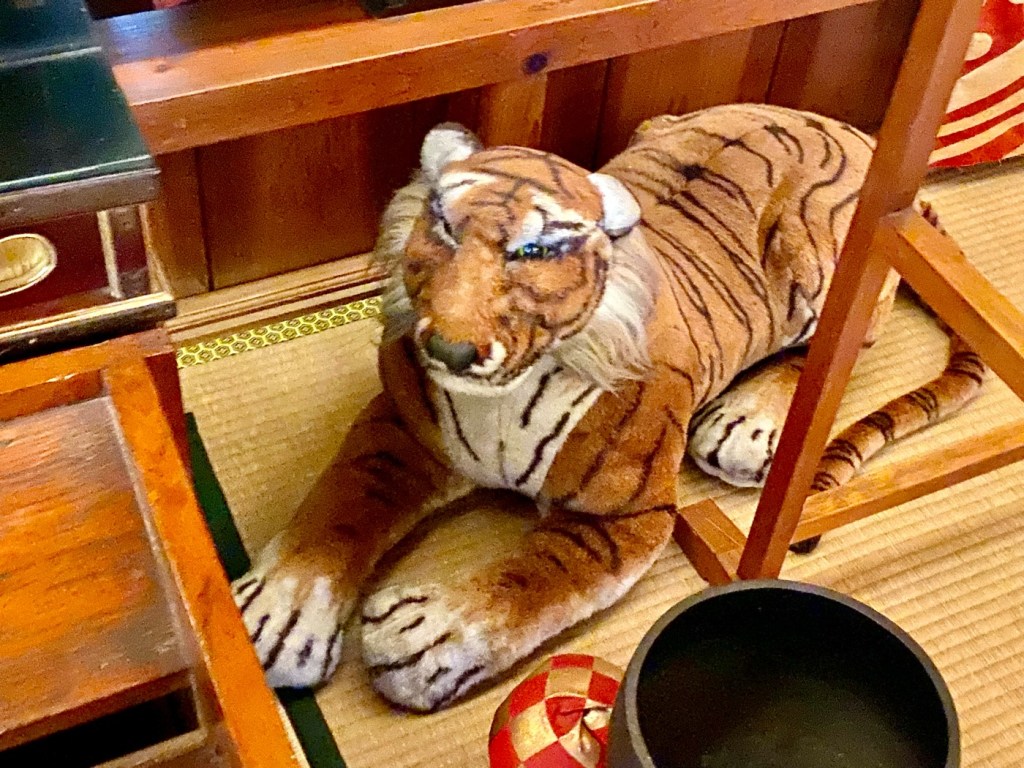
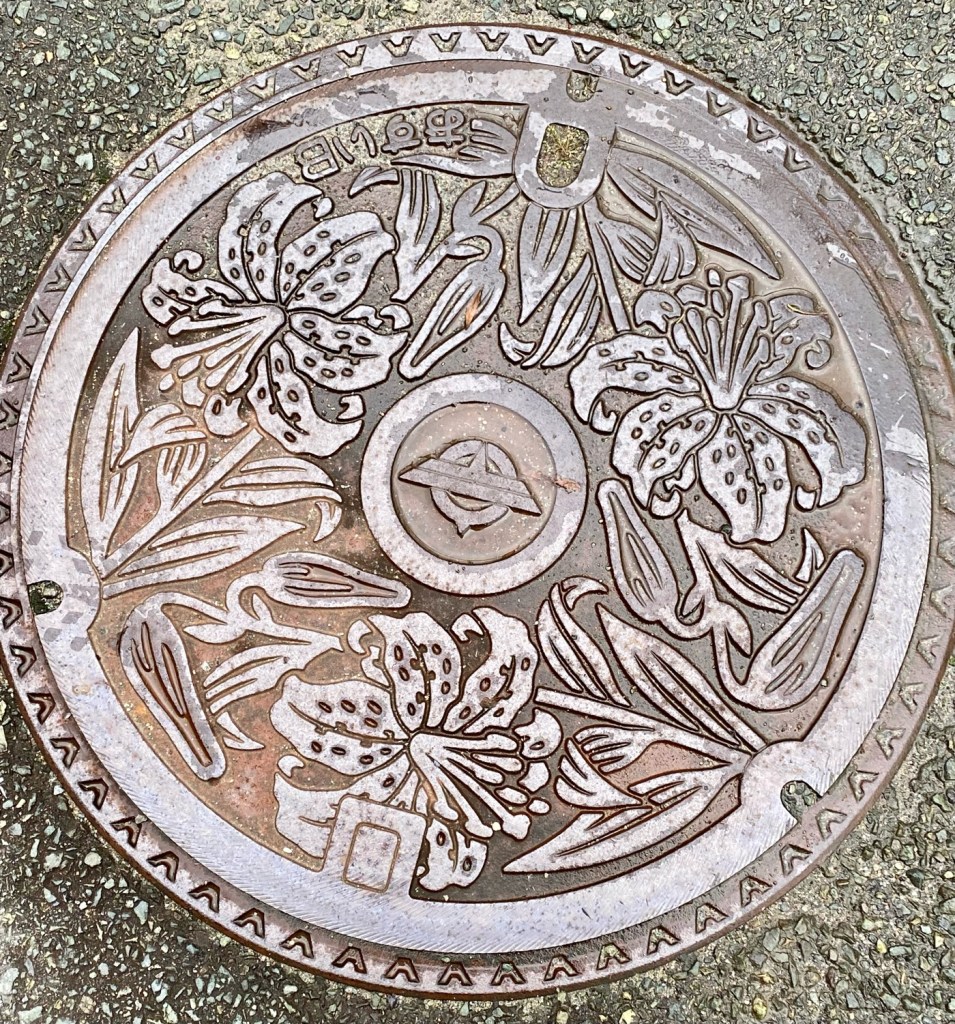
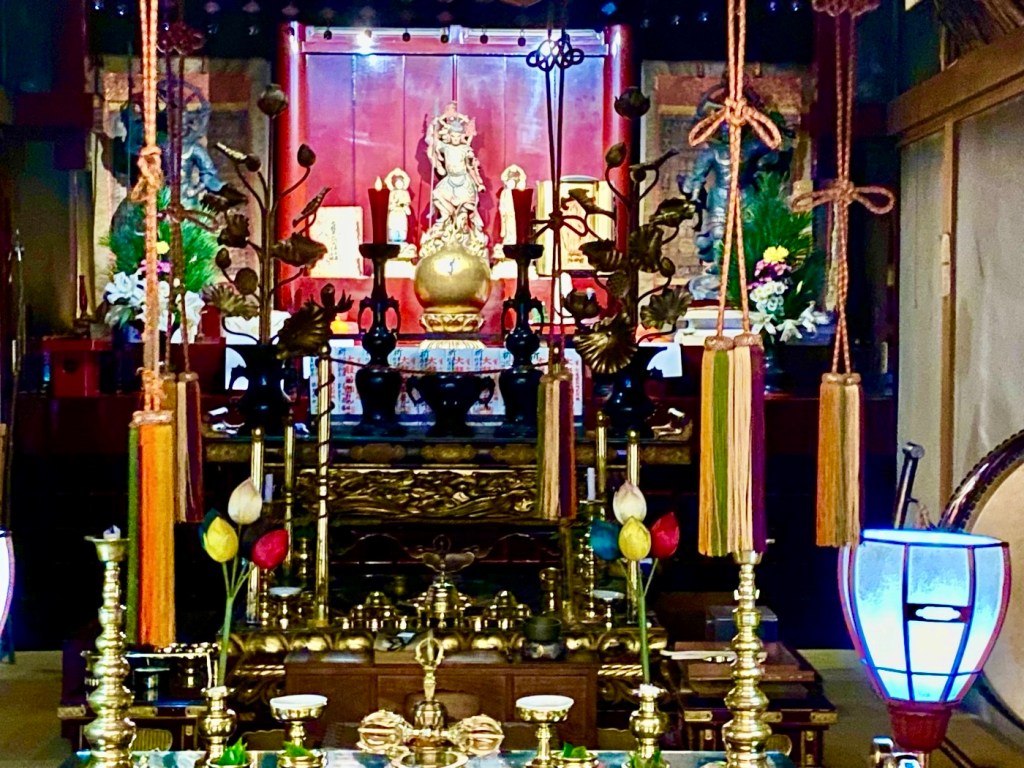

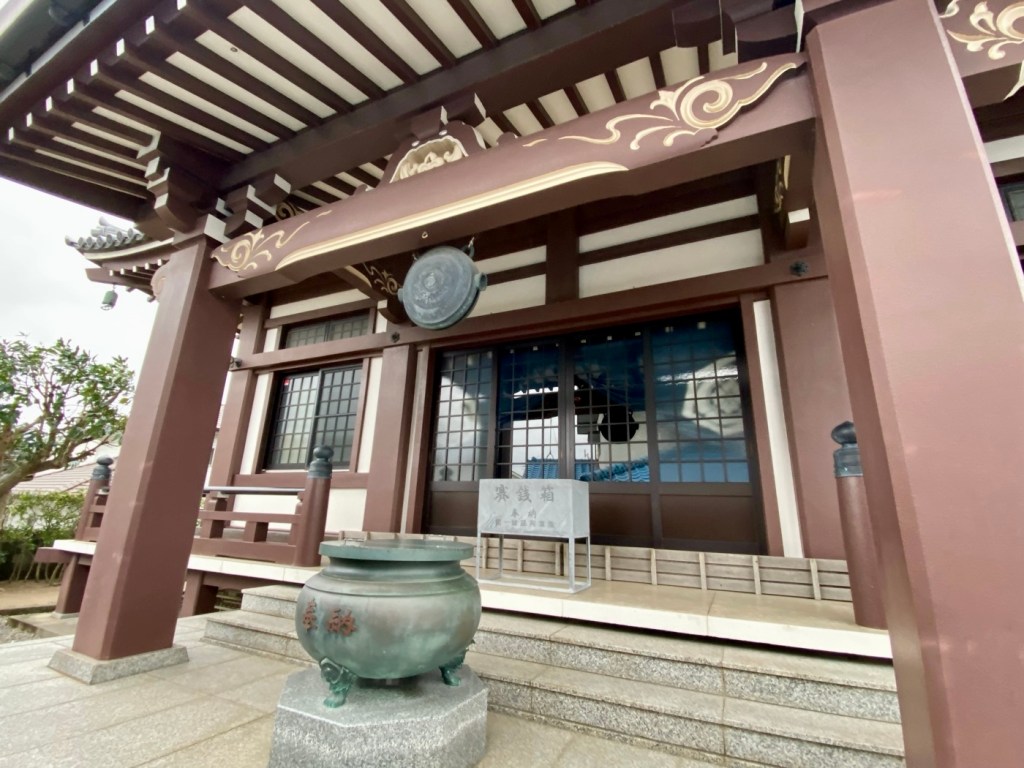
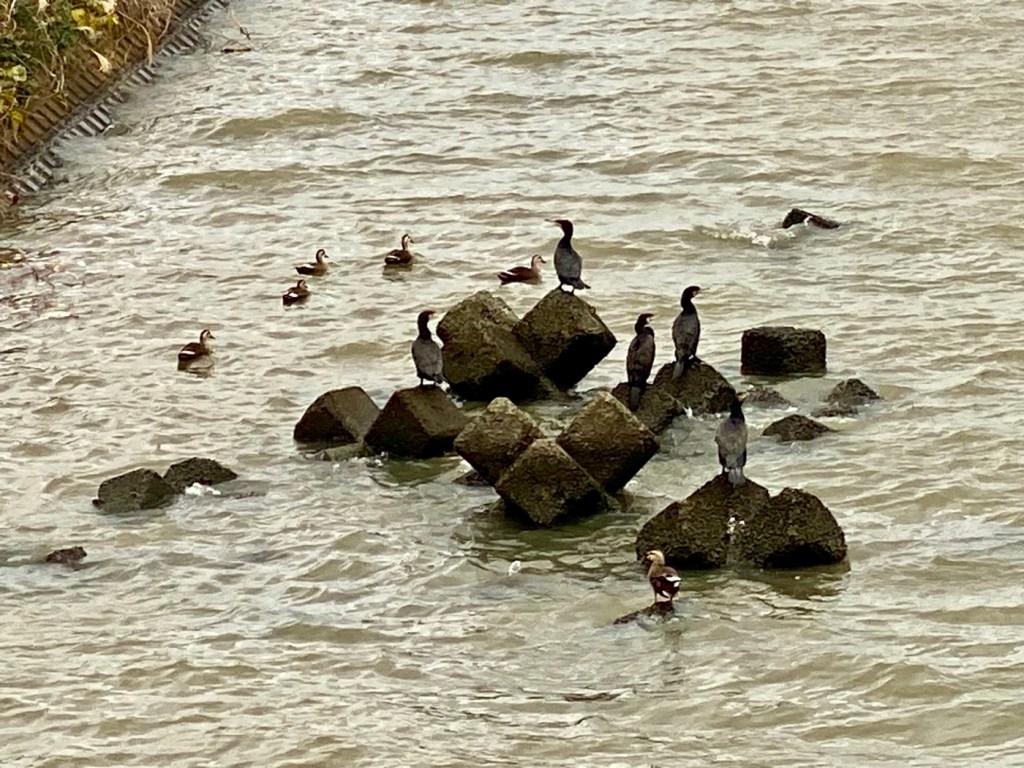
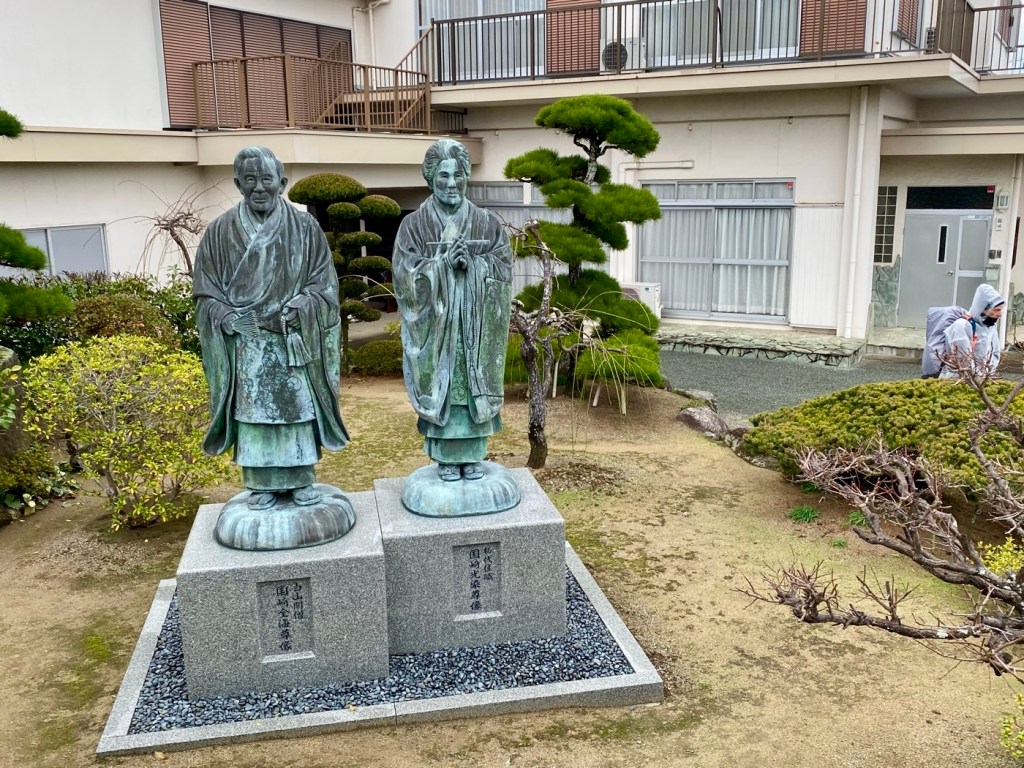
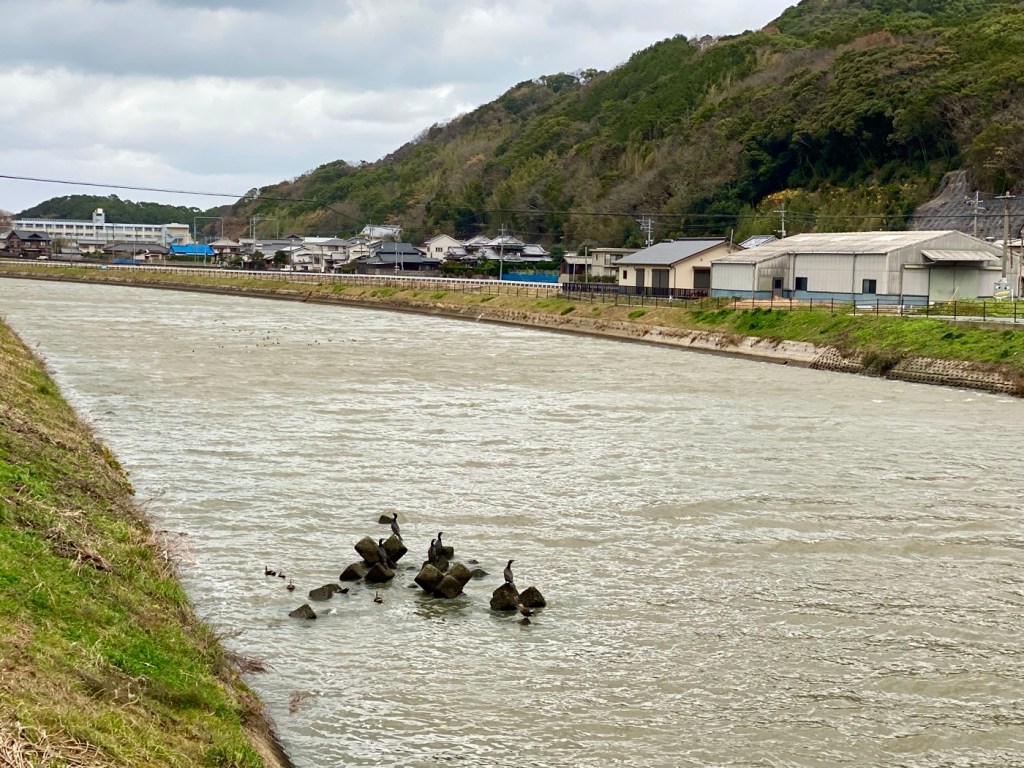

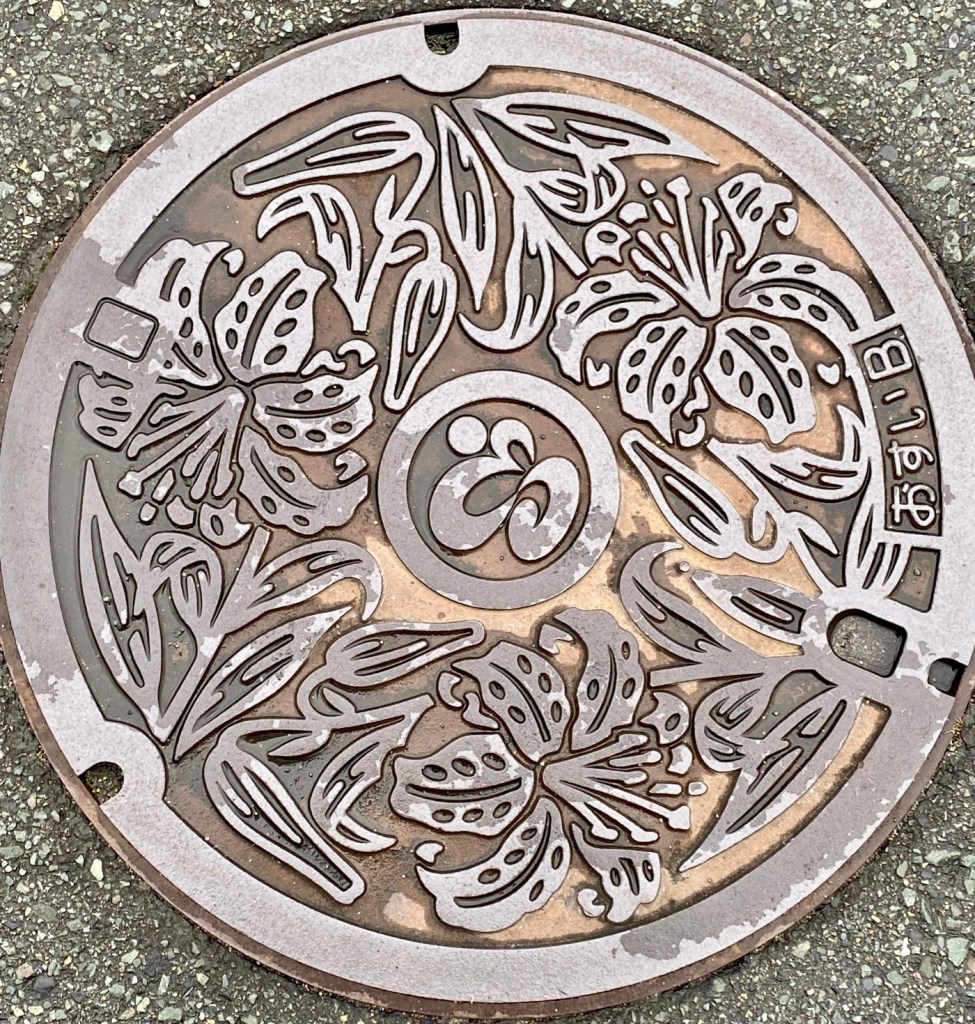
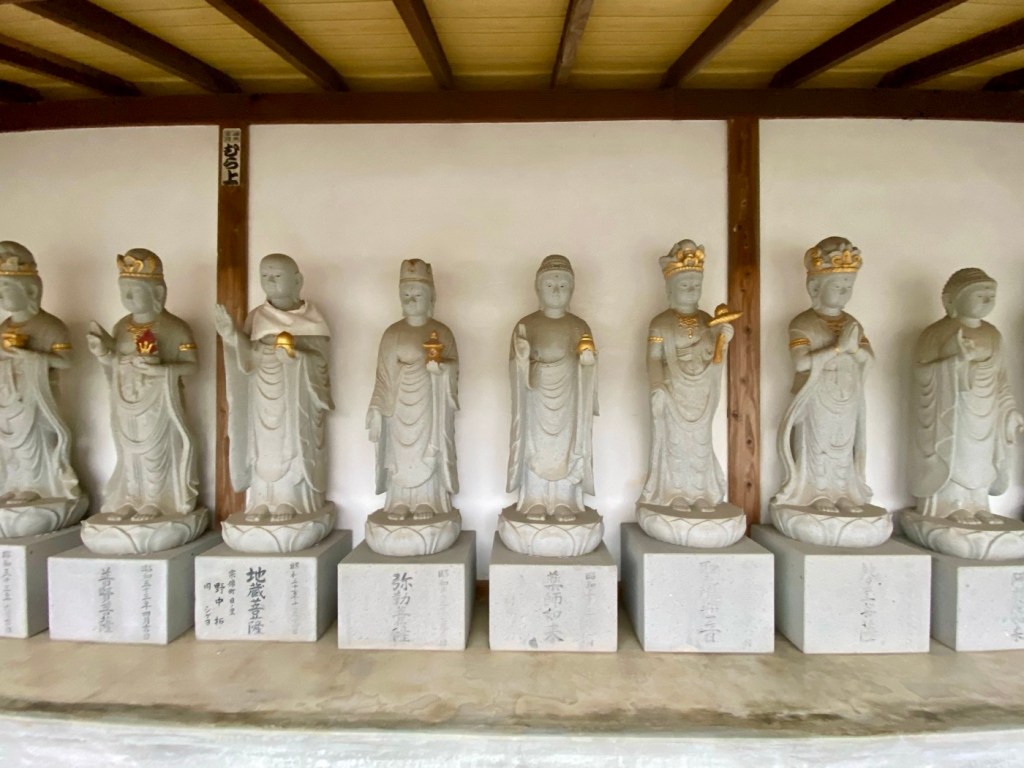
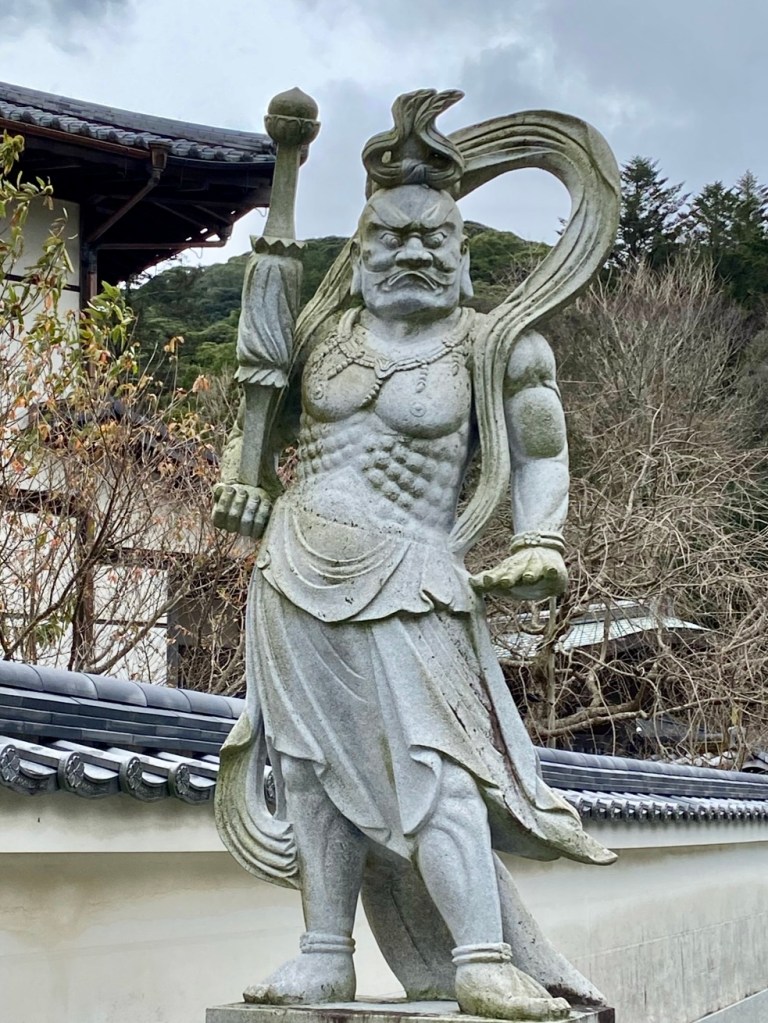

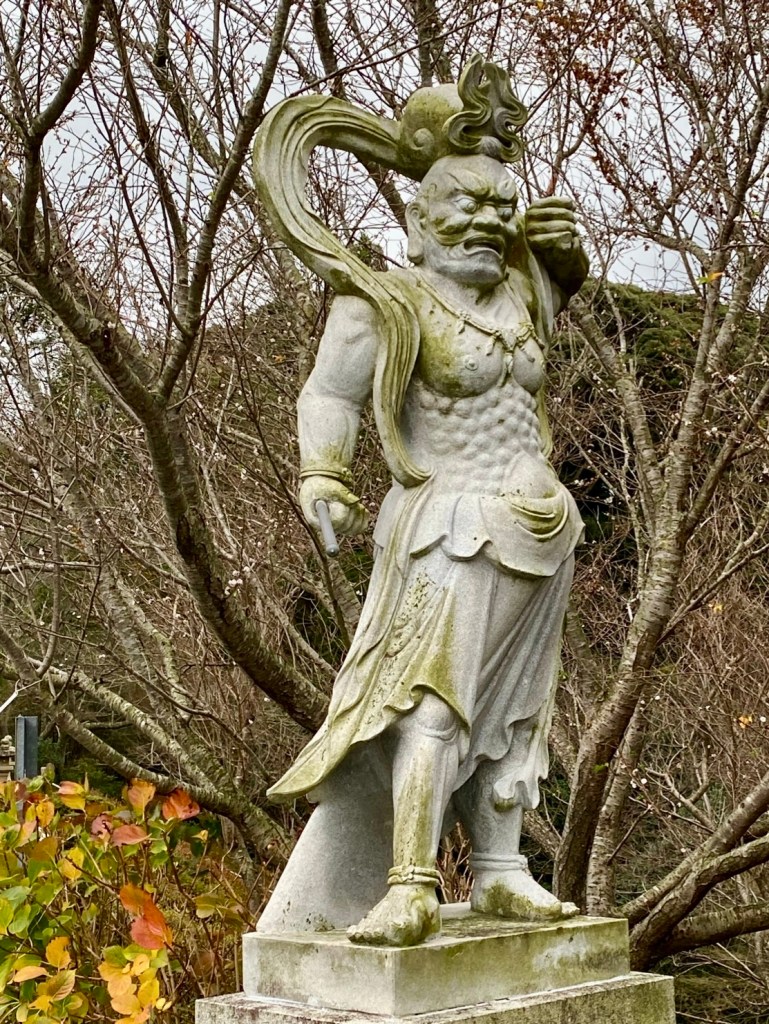
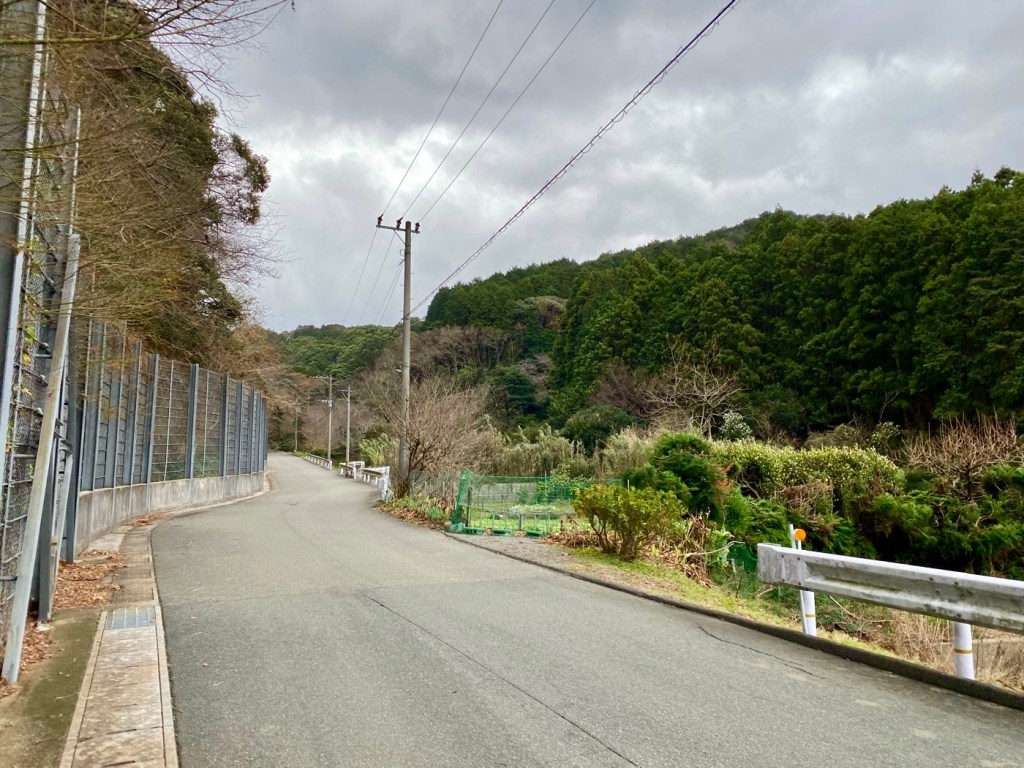
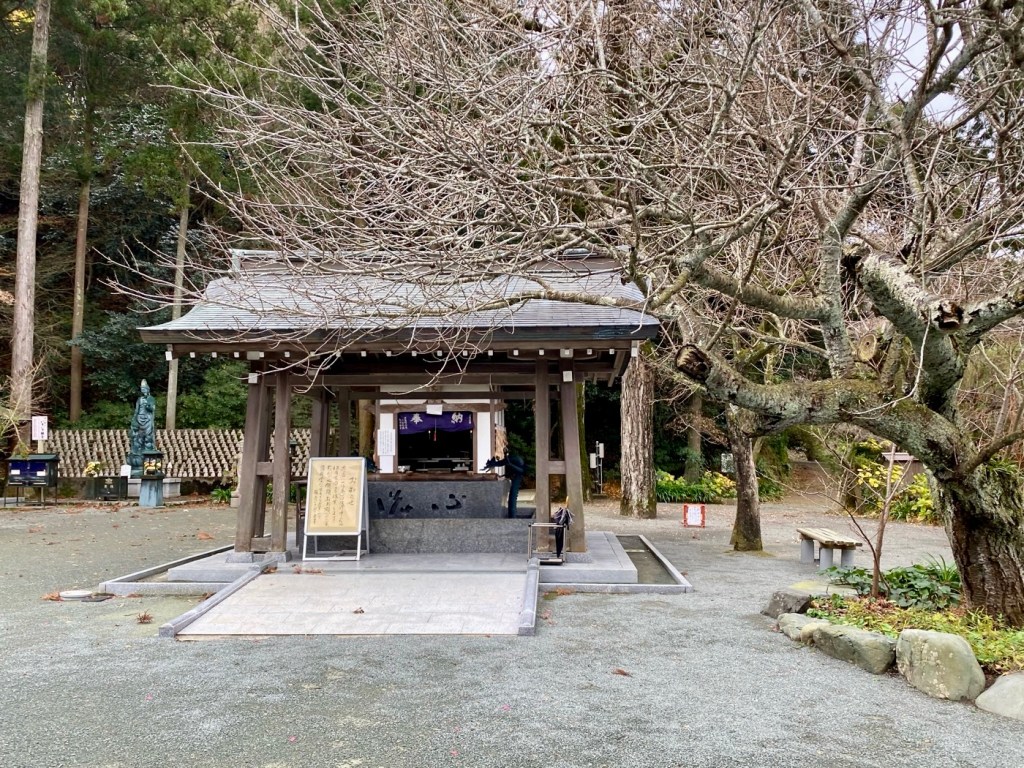
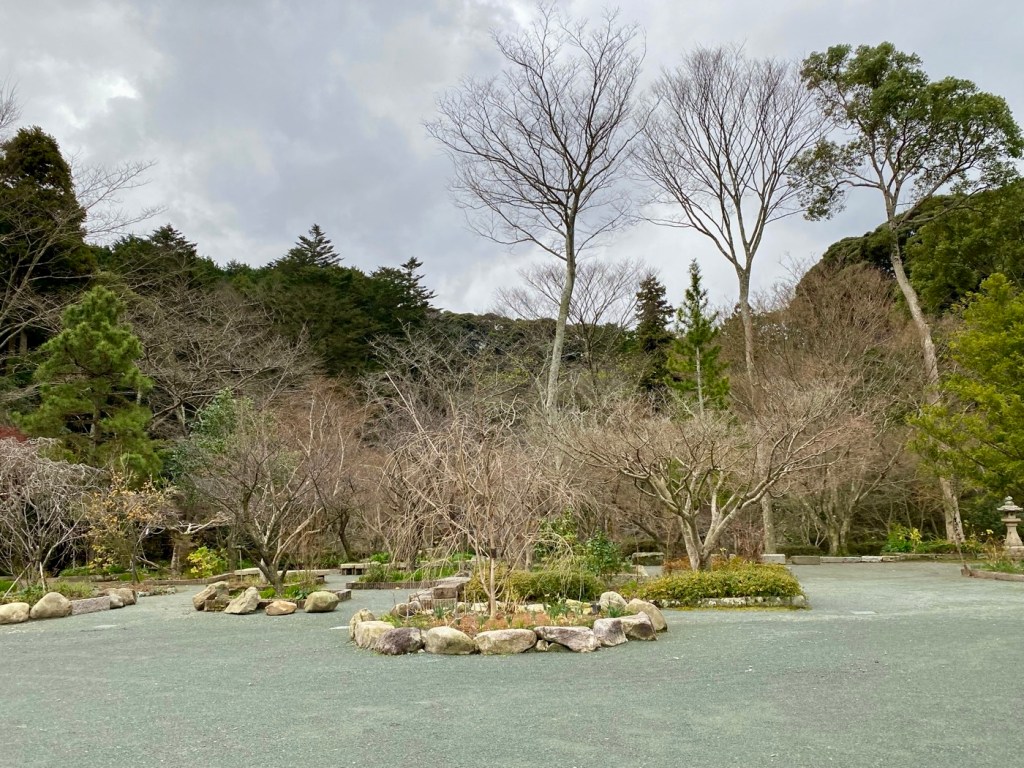
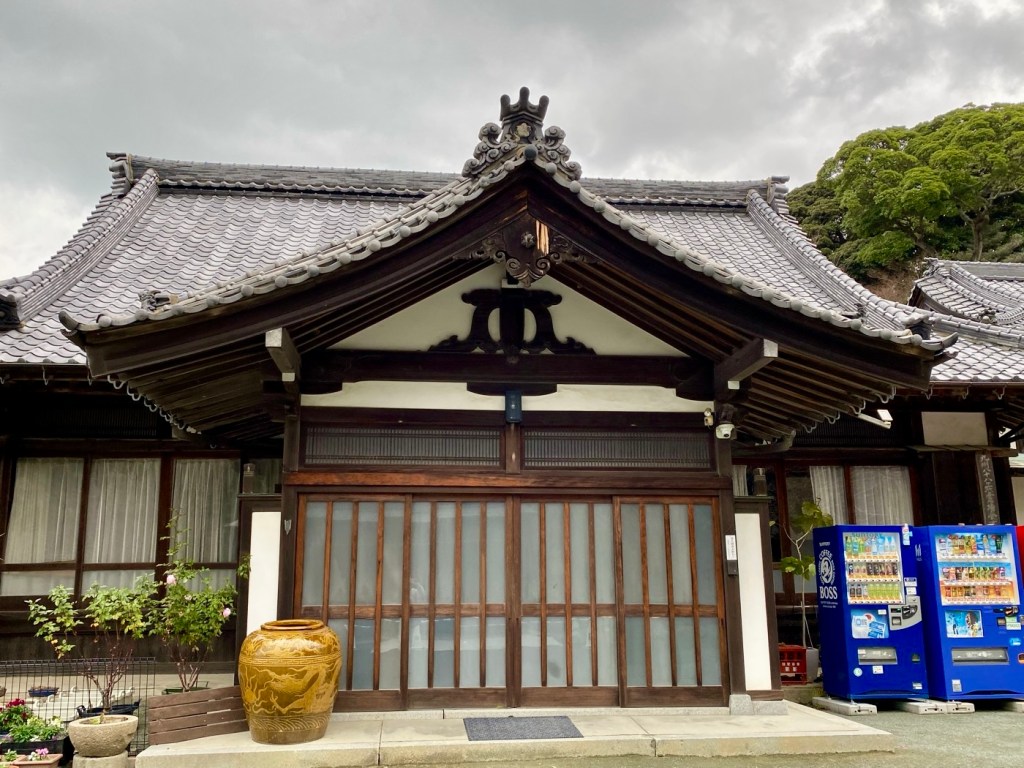
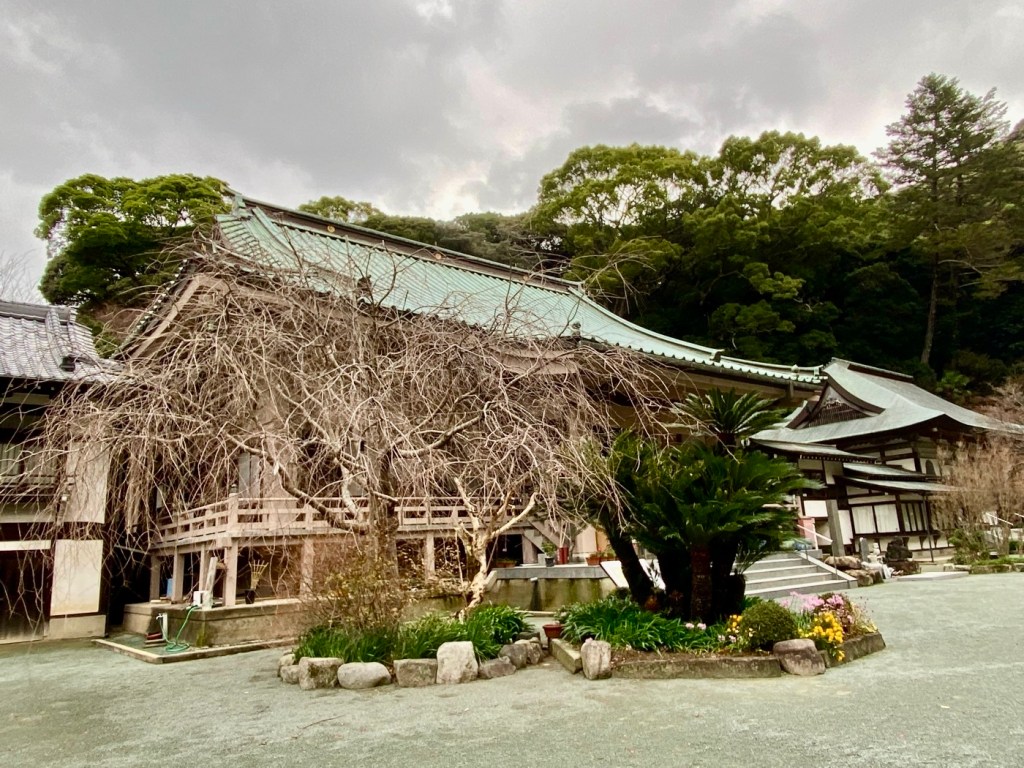
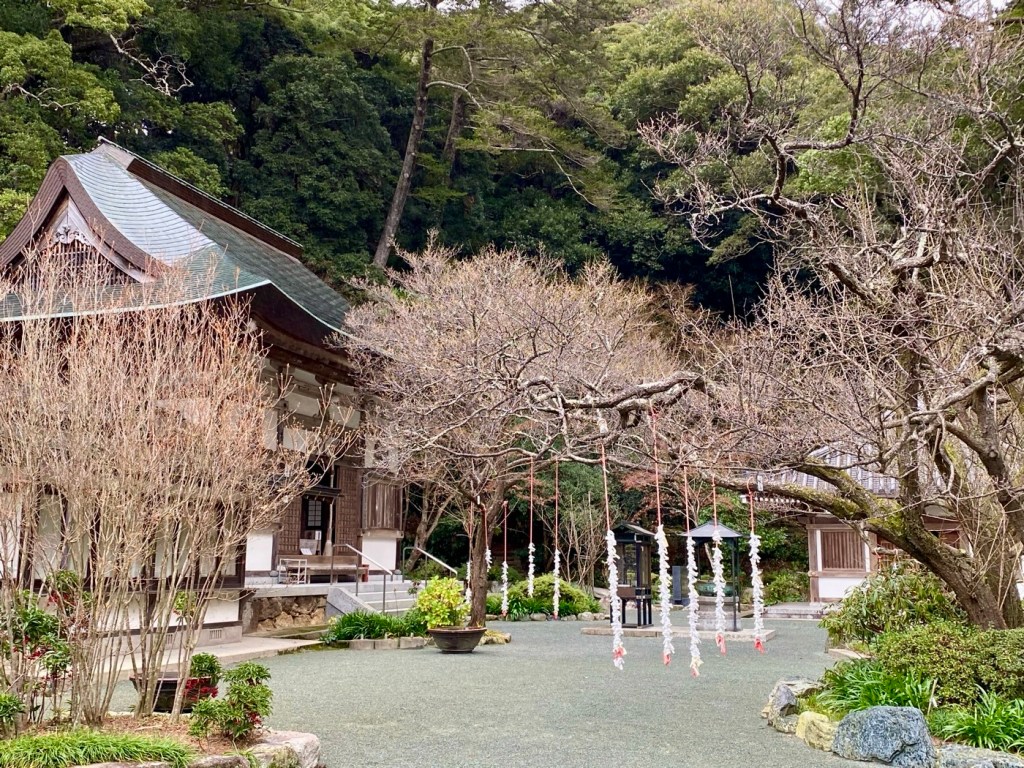
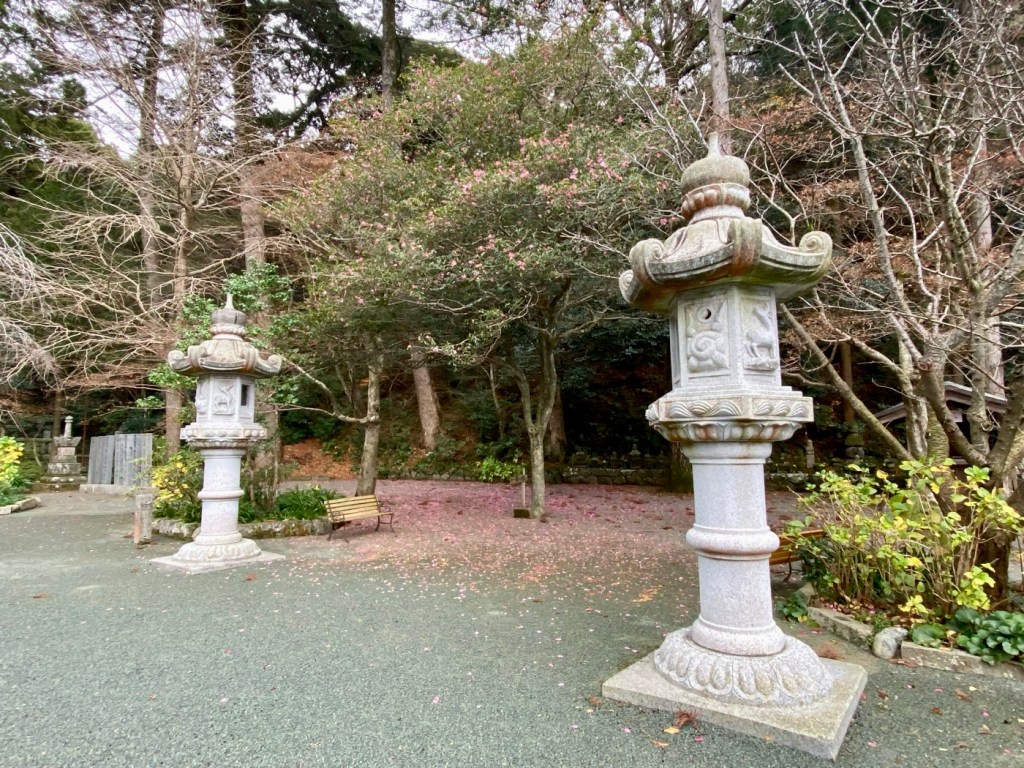
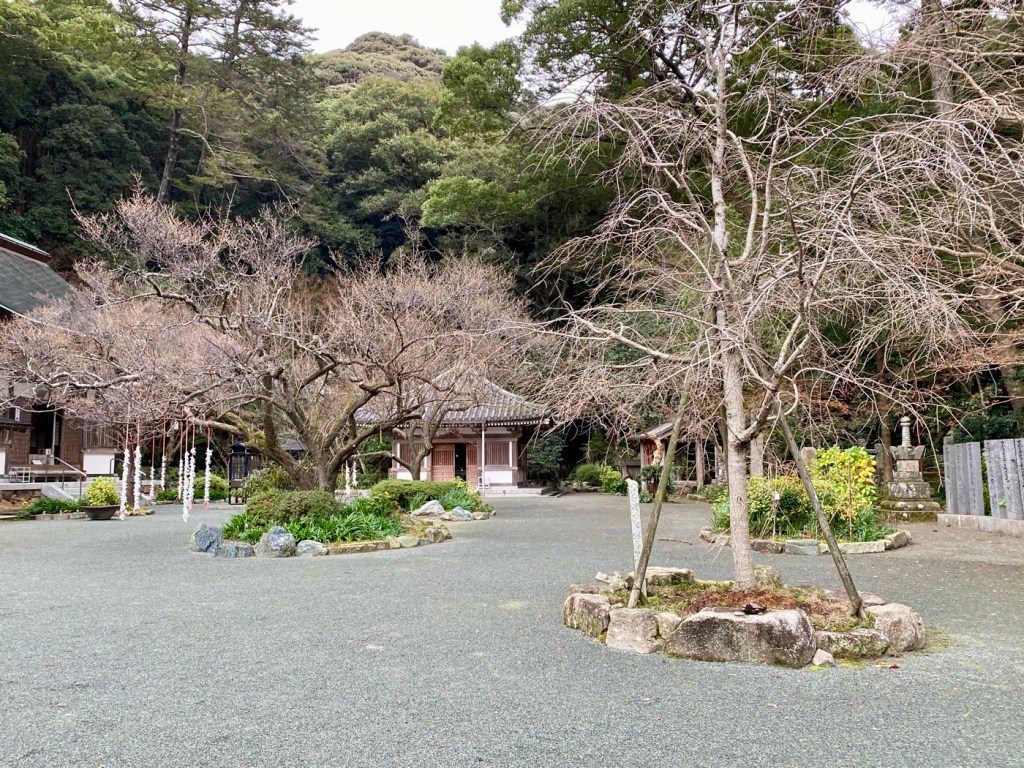
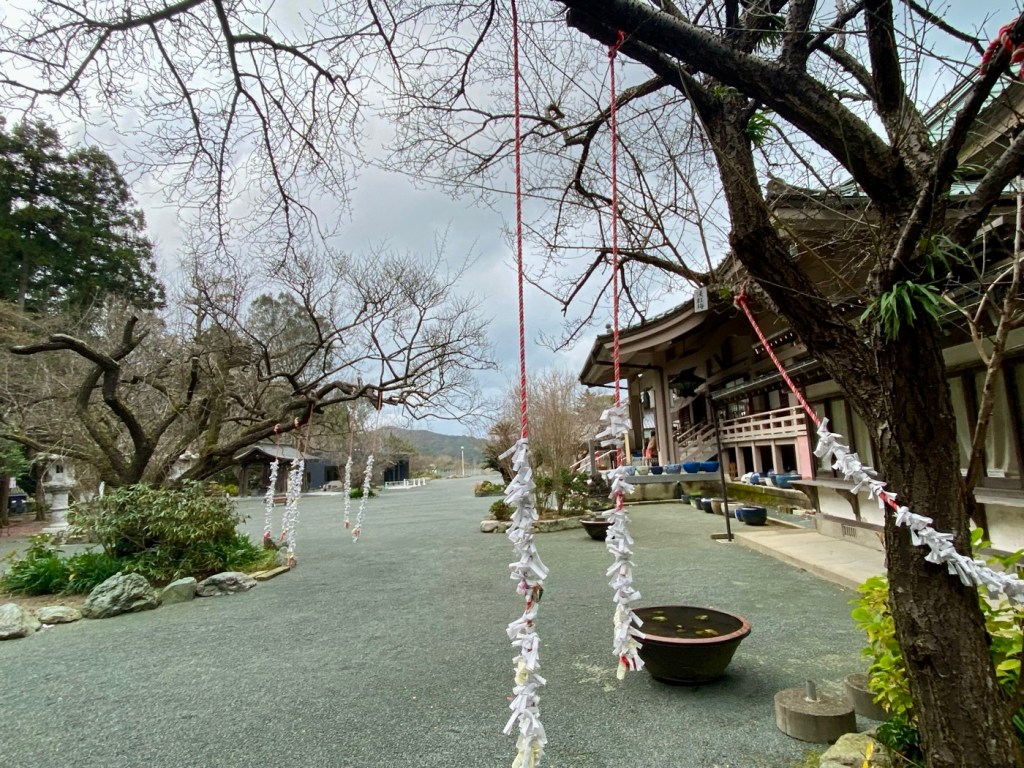
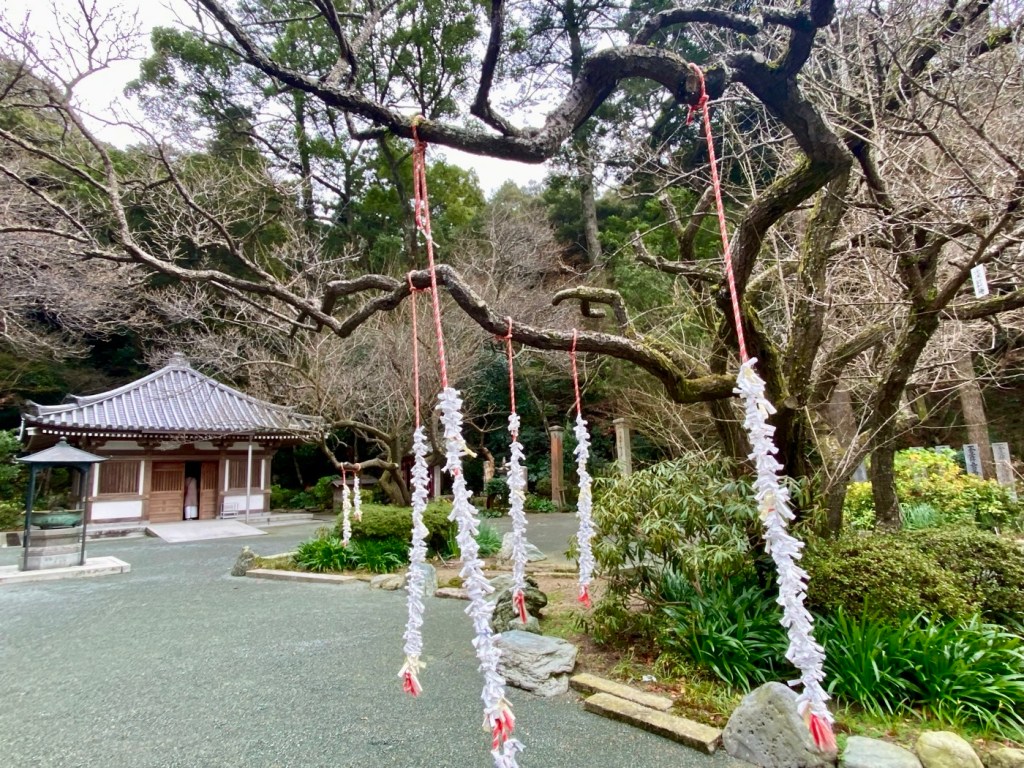

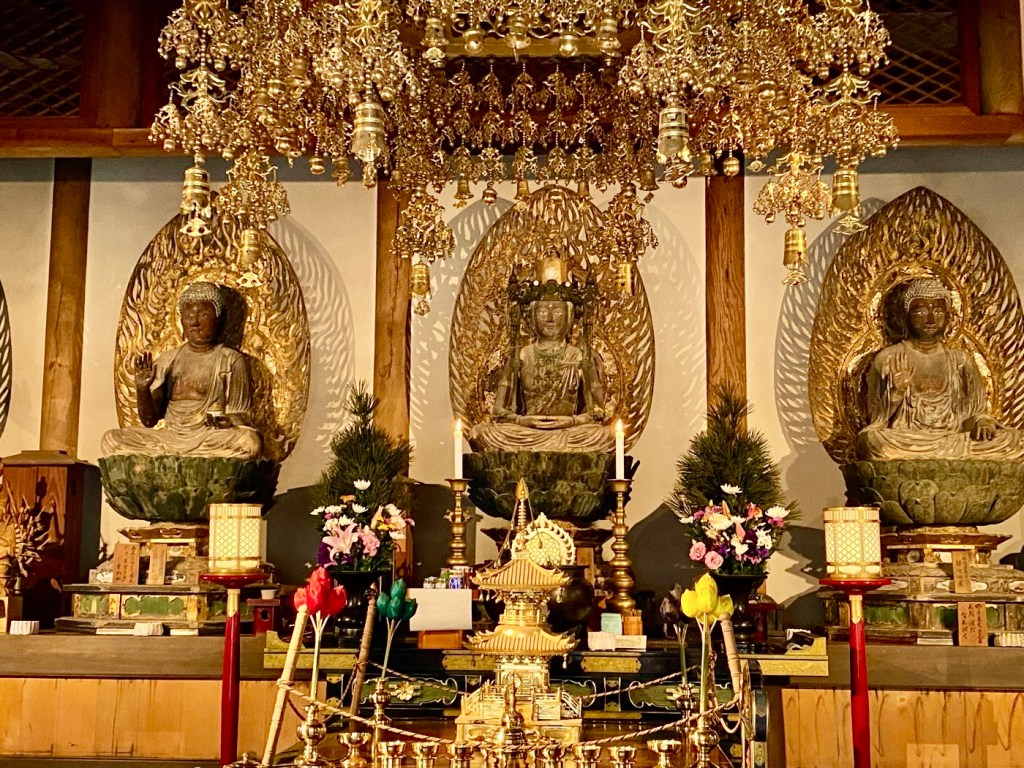
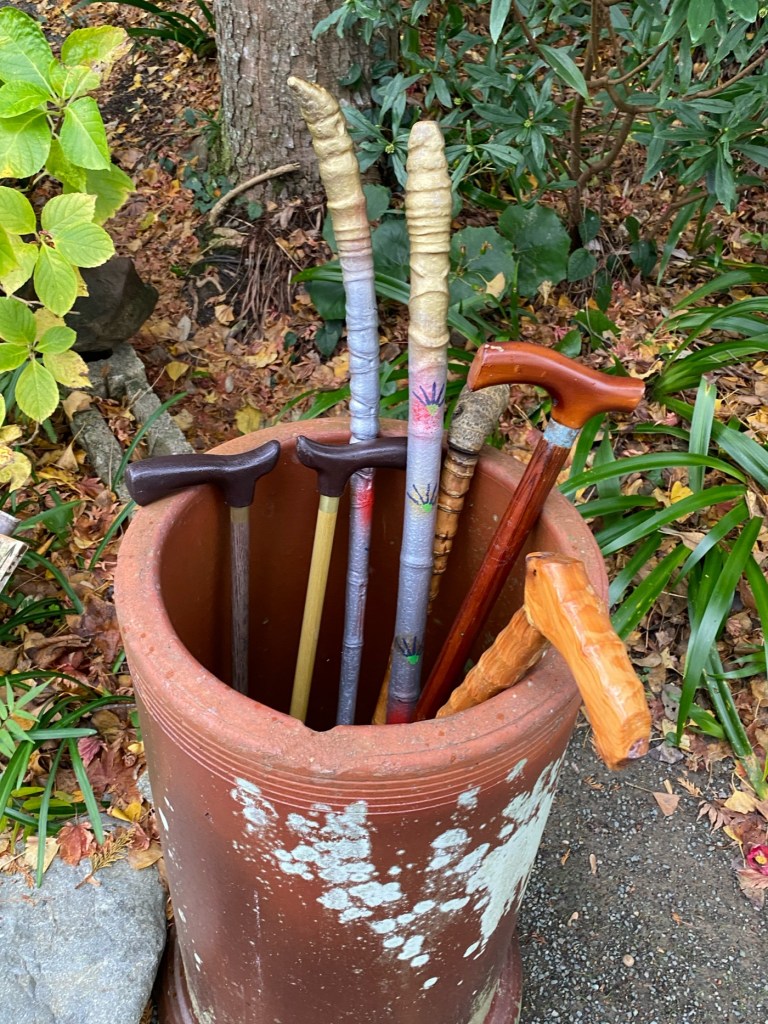
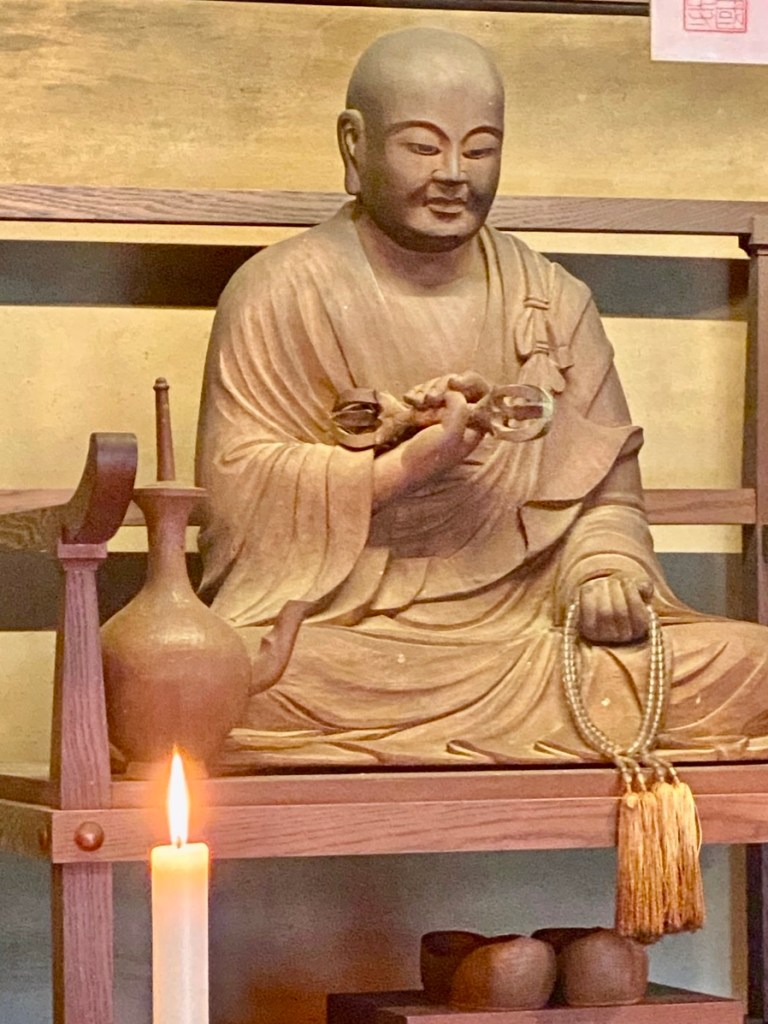

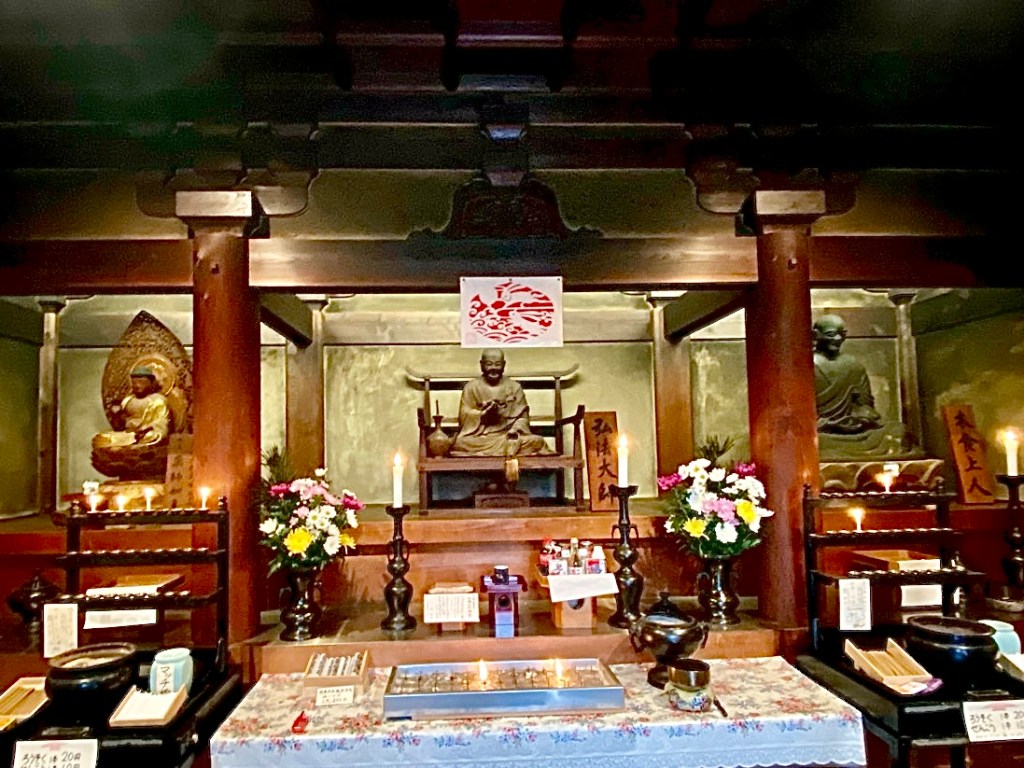
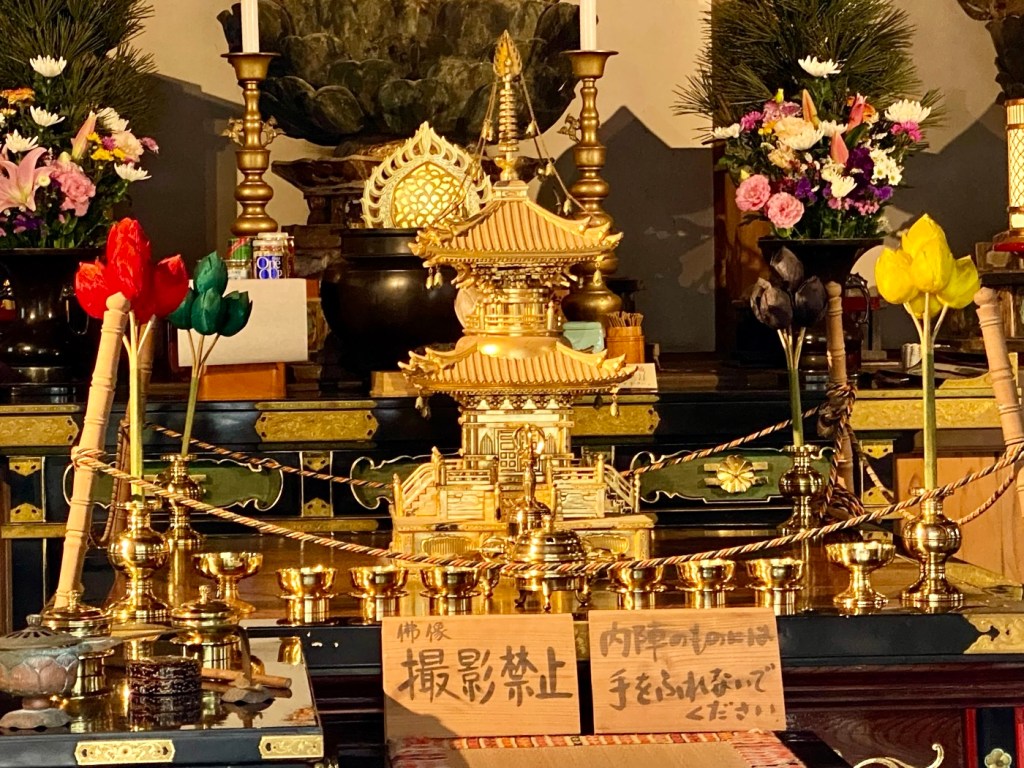
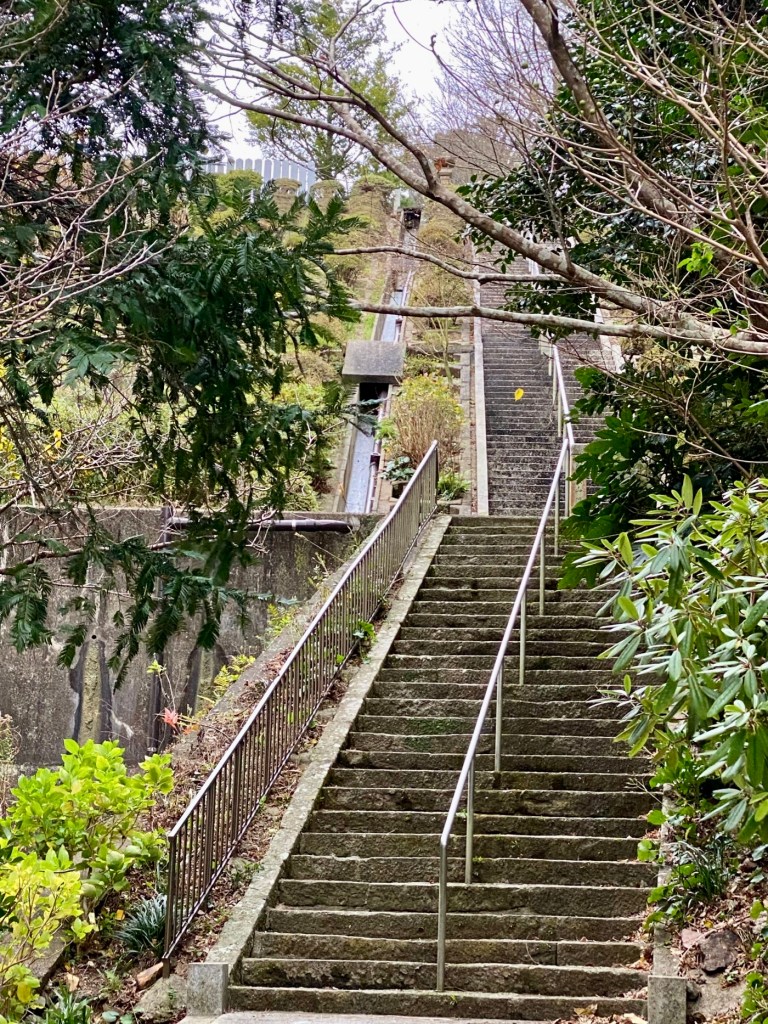
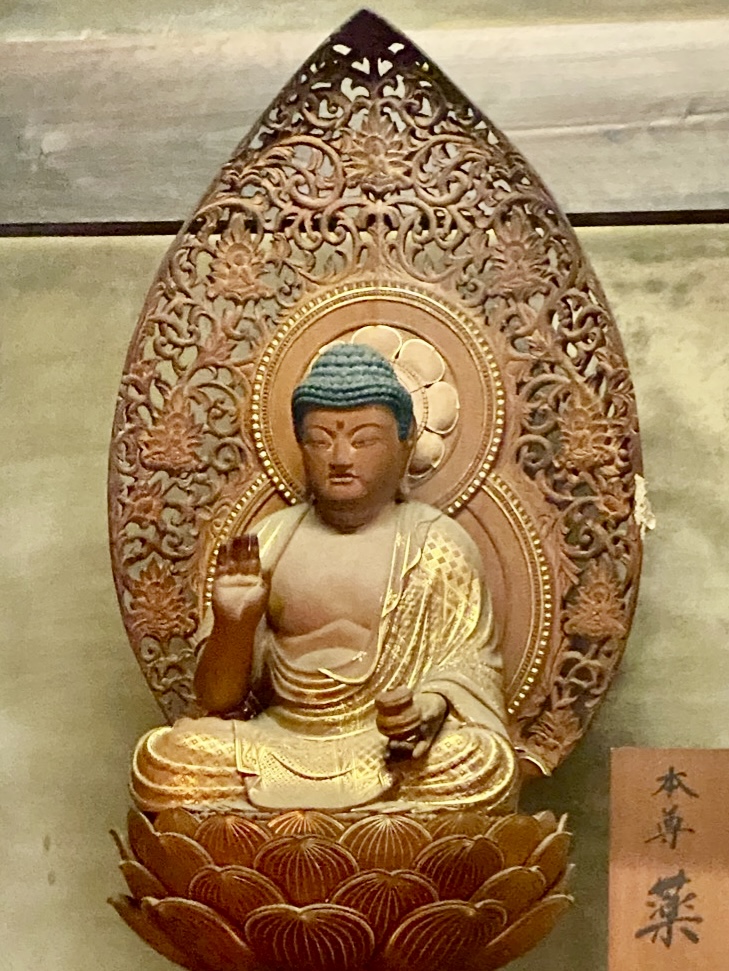
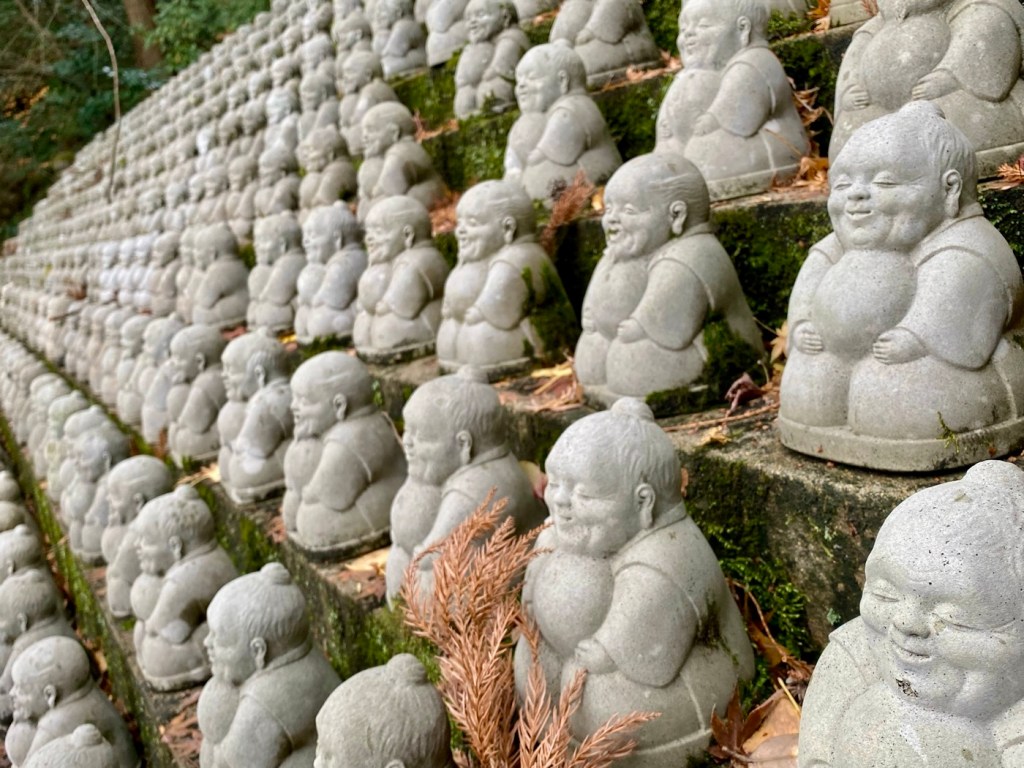
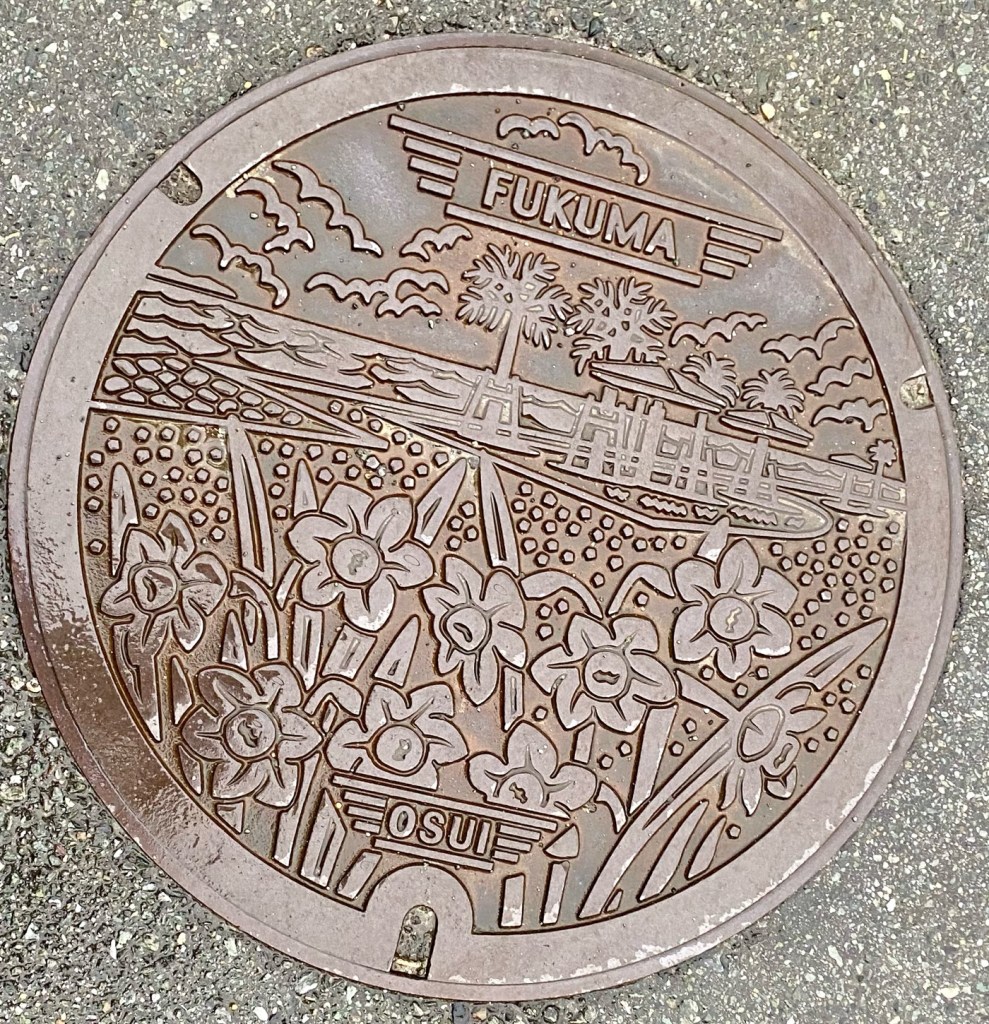
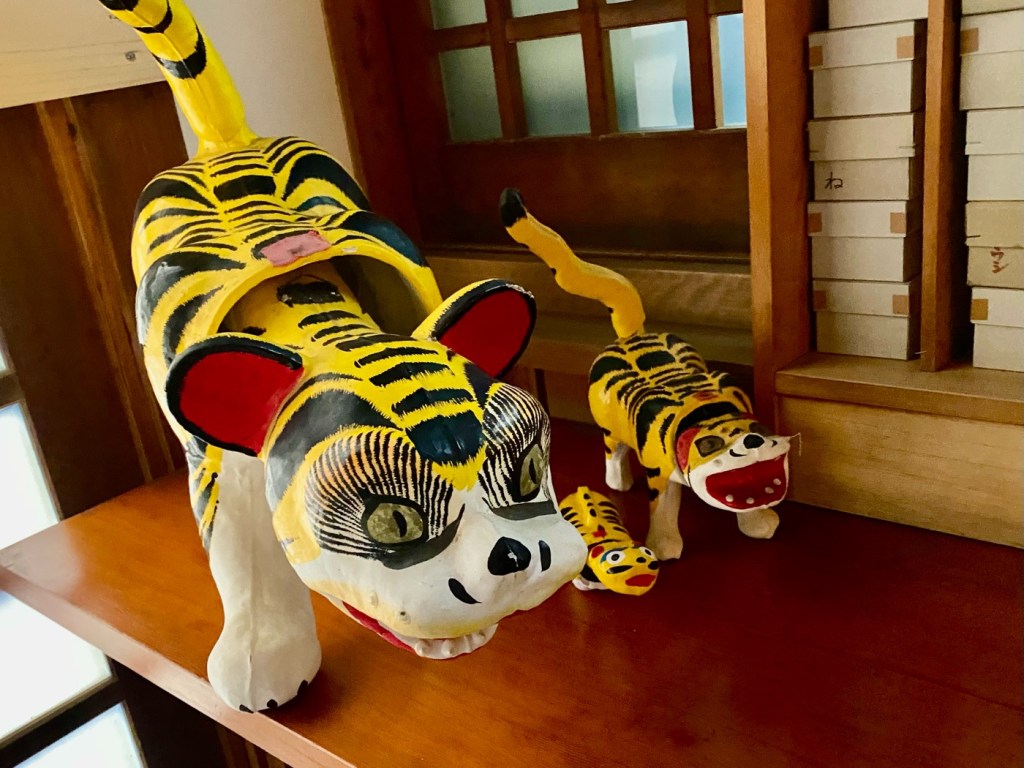
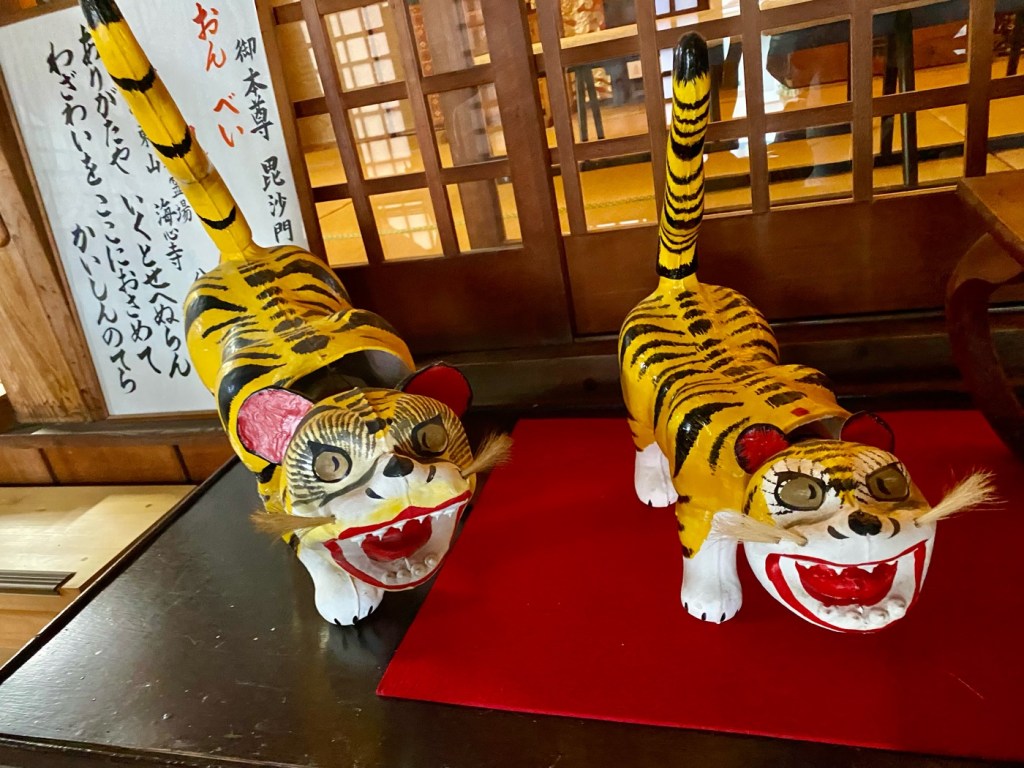
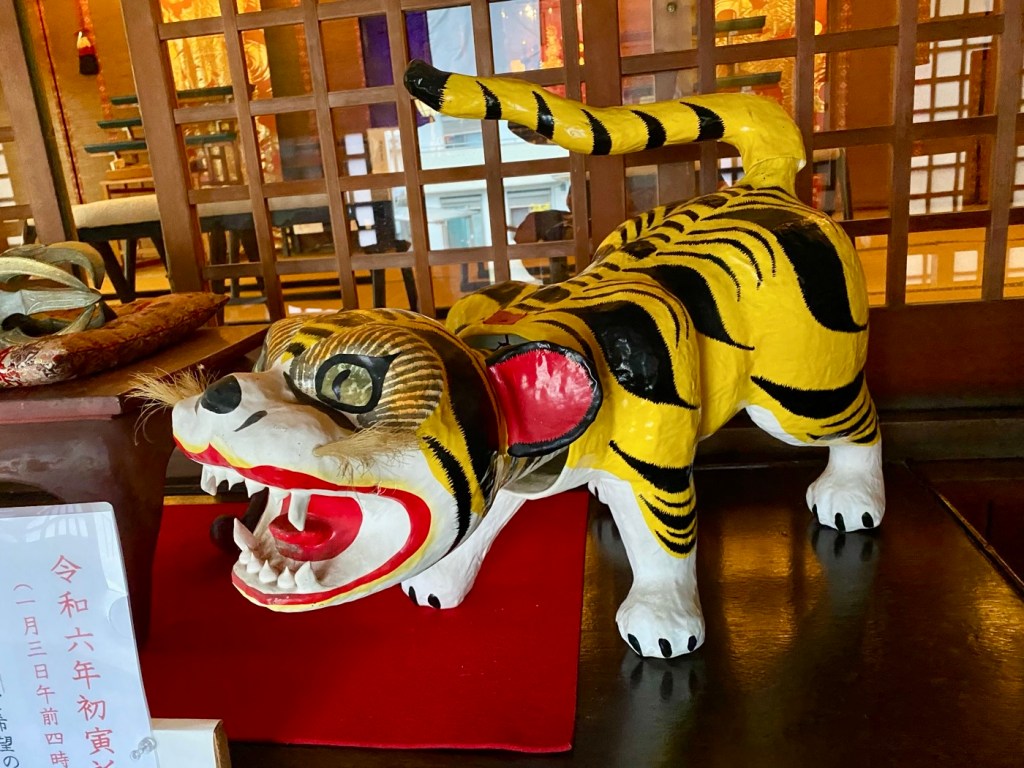

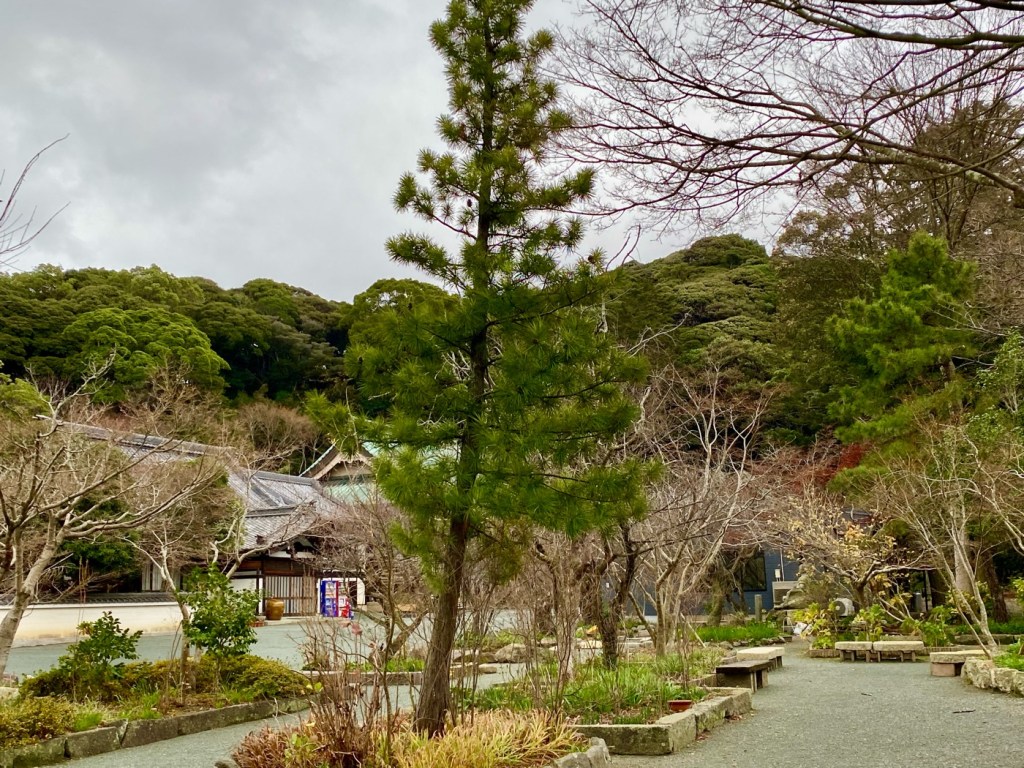
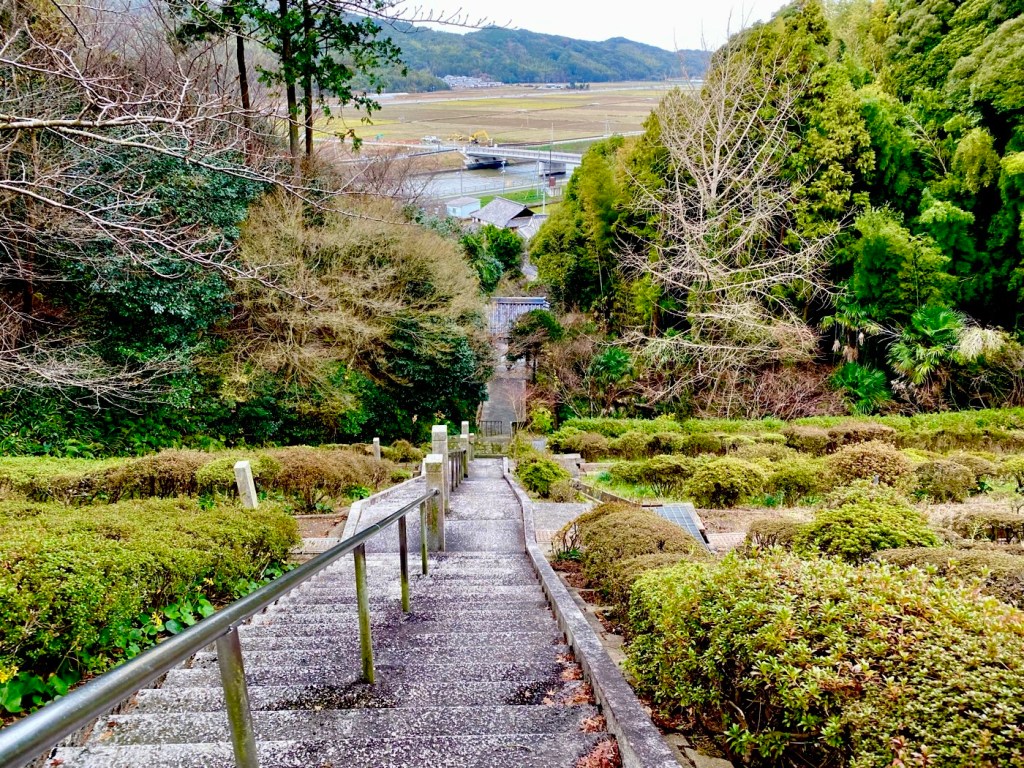
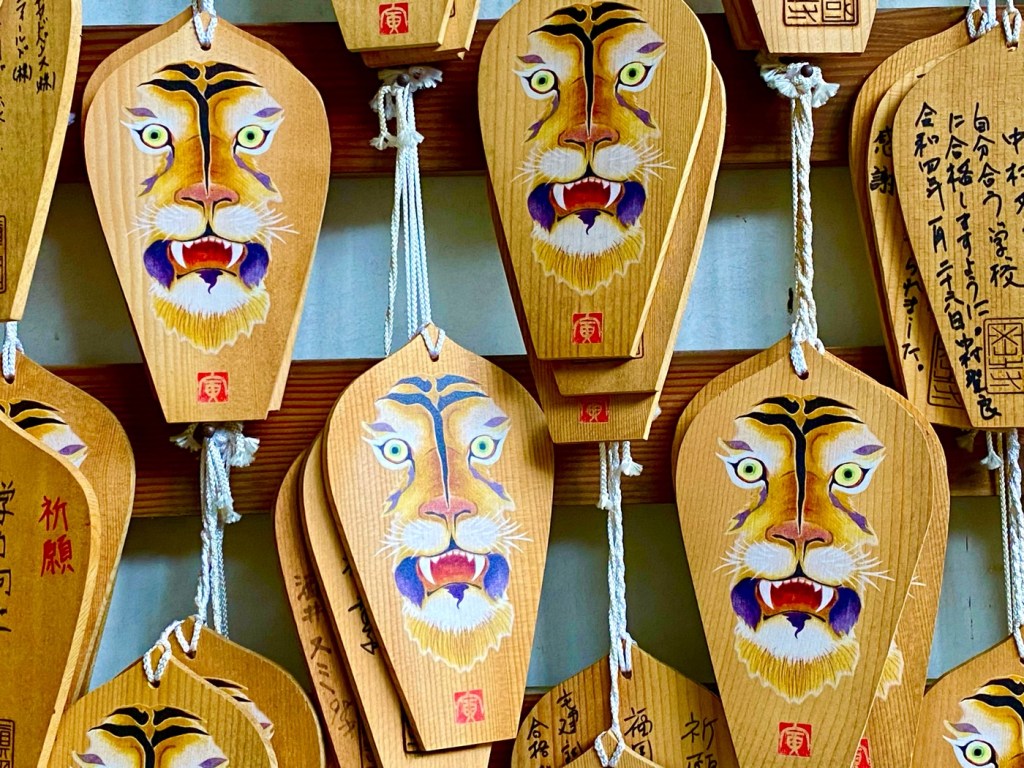
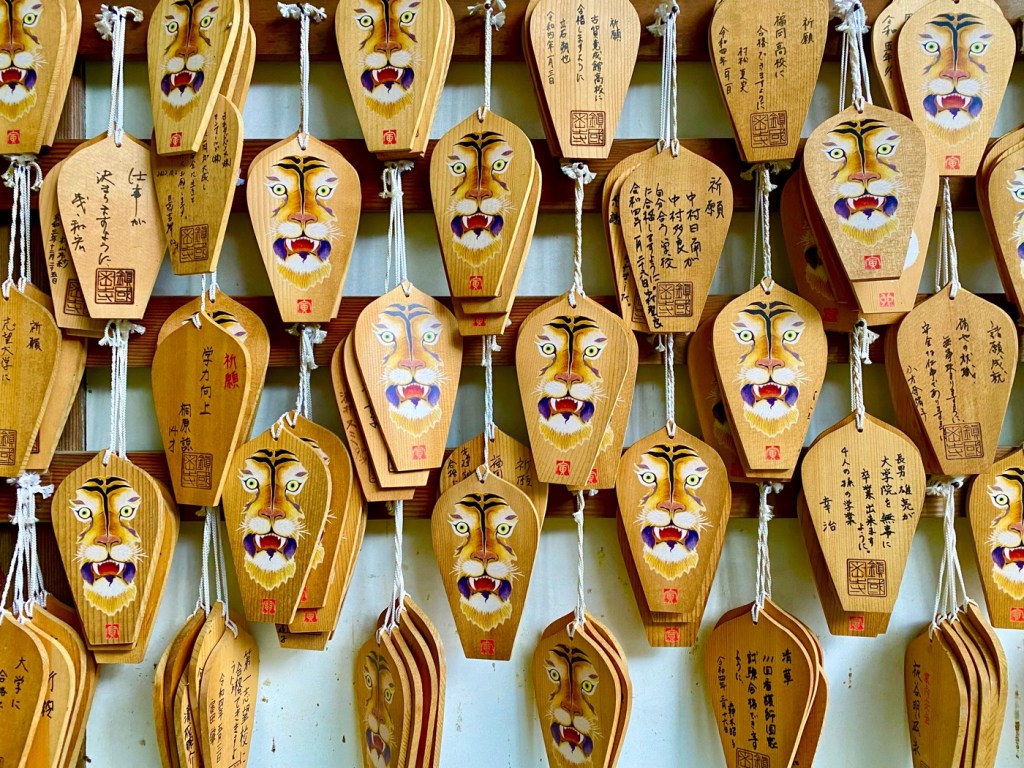
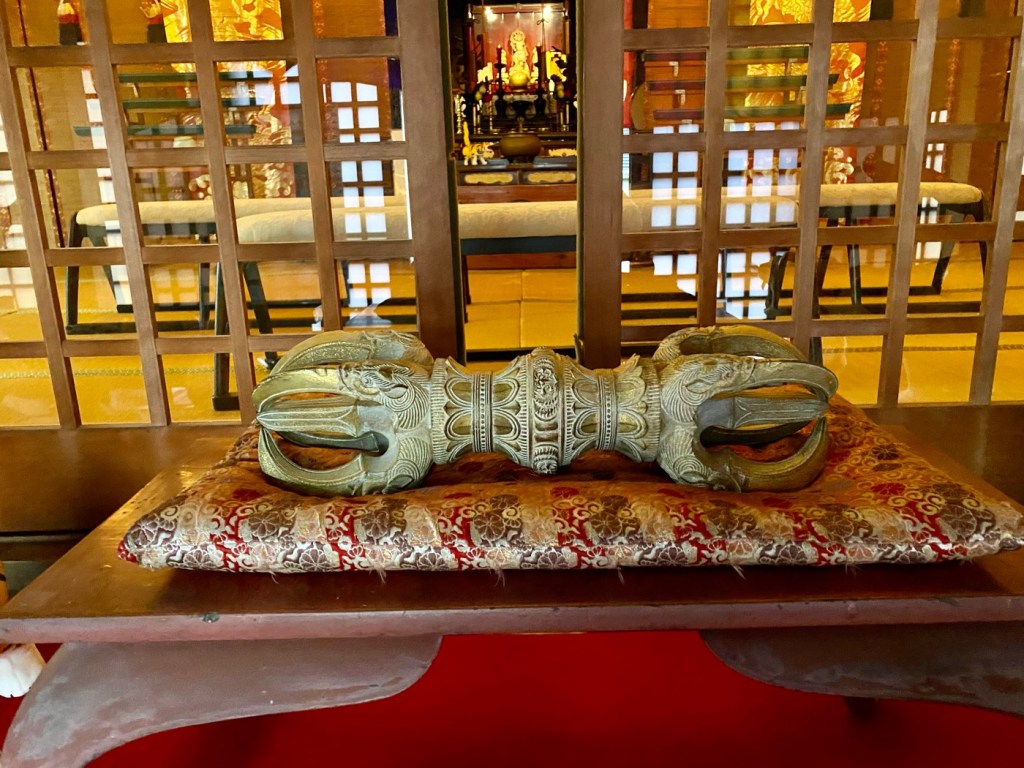
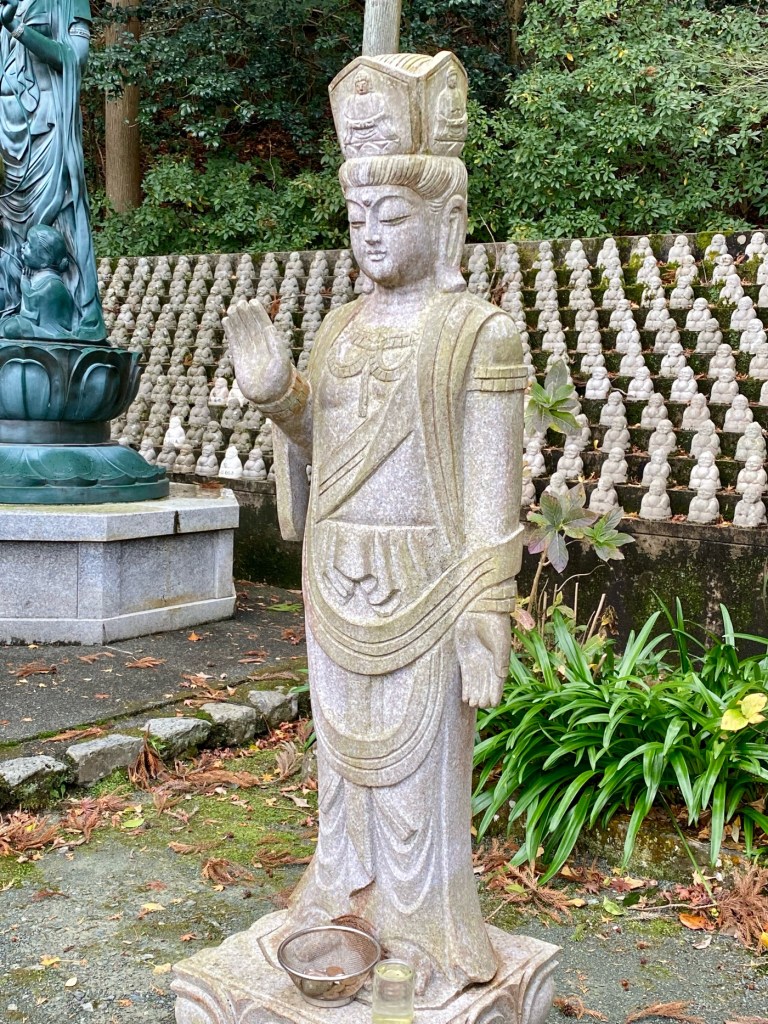
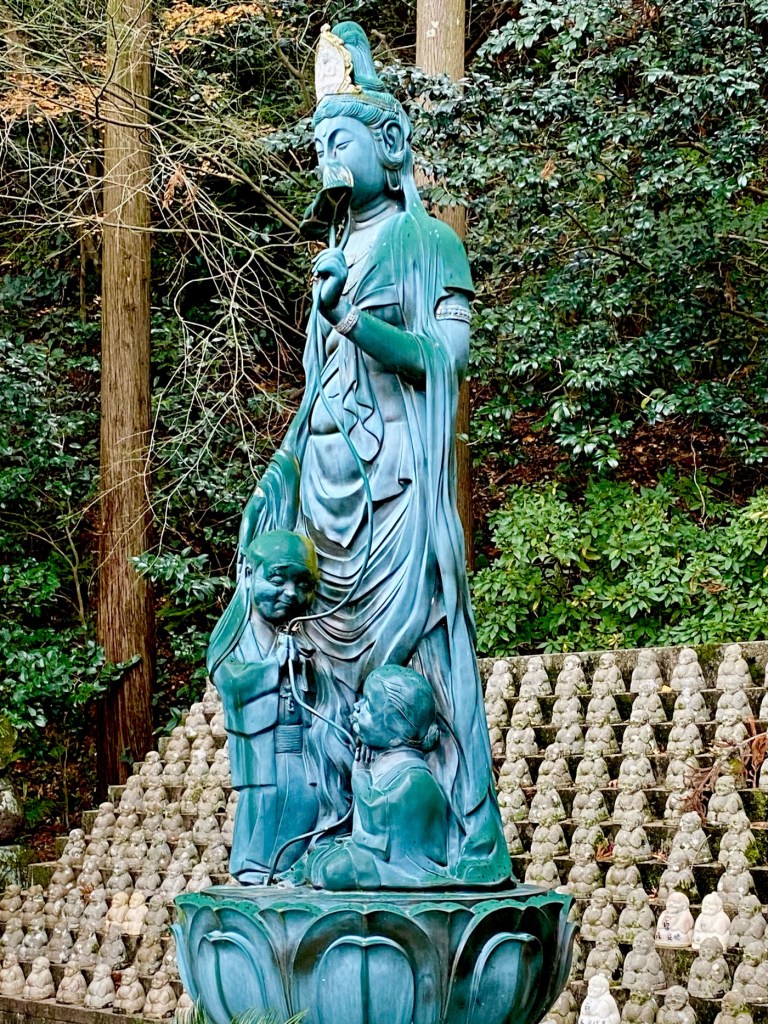
Day 83 - Our Last Day Of The Pilgrimage, Fukutsu To Munakata, The Kyushu 108 Temple Pilgrimage, Japan
We woke up to a very cold morning.
The forecast said that it would be a dry day with no chance of rain, but as it turned out, it was a mistake to listen to the forecast and not to take our raincoats, because it soon started to drizzle, and then it didn’t stop raining all day long.
It was also a very windy day, too windy to use our umbrellas, and occasionally it felt like we were walking in hurricane strength winds.
We didn’t know what to think about it.
Up until the last week of the pilgrimage, we had enjoyed superb stretches of dry weather.
Yes, it was very hot when we started walking at the end of September, but it was mostly dry.
This last week the temperatures dropped significantly and it rained frequently.
And now, today, the wind was so strong that we were blown sideways by it, and barely able to move forwards against it.
The first thing we did after we started walking was to buy disposable raincoats in a convenience store.
It made no sense to suffer and get wet, just because we didn’t bring our raincoats.
We also got a neck warmer for Jules as the strong, cold winds were making him shiver.
Dressed very warmly in many layers and now covered with the disposable raincoats, we looked like two sausages covered in condoms.
But at least we were able to stay dry as we walked.
The first temple we walked to was in the city of Fukatsu.
Temple #86, Tsutozan Kaishin is a Shingon sect temple located in Fukutsu City, Fukuoka Prefecture.
It was founded by Kaihan Osho, who built a simple grass hut here and transferred a statue of Kobo Daishi from another temple to make it the principal image.
It was a bit difficult to find the office, as the temple grounds had many halls, and what we thought was the main hall was not where they did the Goshuin stamps.
The lady who opened the door told us to come around to the front hall that was facing the road, and she would meet us there.
The hall was full of small statues of tigers.
She was very friendly and mentioned that it looked like we would be finishing our pilgrimage today.
She expressed her sympathy about the rainy and cold weather, so that we would not have the perfect day to enjoy sightseeing and our last day of walking.
The town is home to a famous shrine called the Miyajidake Shrine, known for its beautiful cherry blossoms and azalea flowers.
We did not stop there, as it was the wrong season to see any blossoms.
Our next temple was Temple #87, Zenkaizan Munakata Kannon-Ji.
Munakata Kannon-ji Temple is located south of another famous shrine, called the Munakata Taisha Shrine.
It stands in a quiet residential area, and it has two life size bronze statues of the couple who established the temple.
The temple was founded in 1953, after all the local monks who were at sea on foreign voyages reported seeing images of Holy Kannon in their dreams.
By the recommendations of those monks at sea, the wife of the priest Kazuko also became a Buddhist priest and changed her name to "Kozen-ni" and she currently still serves as the chief priest.
After visiting the temple, we went to the last two temples on our pilgrimage, located together on the same mountain.
Along the way, we were so eager to have something hot to drink.
I didn’t bring with us any hot tea today, because we thought that it would be too cold to sit outside to drink it.
The only place we came upon was a shop and cafe on the grounds of the Munakata Shrine.
The cafe served hot tea sets that came with grilled Dango mochi balls.
We had the set, and we also bought some roasted chestnuts from the truck vendor by the entrance to the shrine.
Near us sat a young couple with two young kids.
I had a feeling that they had come to the shrine asking for healing.
Then their baby son turned his head towards me and I saw that he had a part of his cheek missing and a twist in his mouth.
It looked like a birth defect, not an injury.
After our rest, we reluctantly put on our raincoats/condoms and walked over to the temple.
Temple #88, Pingfeng Mountain Chinkokuji Temple, is located up the upper slopes of the mountain.
As we approached, we noticed that there were a lot of retaining walls put up to support the mountain from landslides.
The gardens of the temple were very beautiful.
It must be even more glorious when the trees and flowers are in bloom.
This was a beautiful mountain temple.
It was busy with volunteers who were gardening, and many people had come to pray.
We walked in, feeling so strange, as we handed them our book and scroll.
This will be the last time we will get stamps, as temple #108 is part of this complex.
It is an unmanned hall up the mountain, which is serviced by the same office as temple #88.
The temple was founded by Kobo Daishi, who upon his return from China in the year 806, visited the Munakata Taisha Shrine across the river.
He practiced here while staying in a rock cave in the mountain.
He declared that Mt. Byobu was a spiritual place that should be the fundamental dojo of the nation.
He built a small hall and named it Byobuzan Chinkoku-ji Temple.
The temple has expanded through the years.
The original Buddhas of the three pillars of Munakata are still present here today.
They are enshrined in a separate hall and are easy to visit.
The three Buddhas are Dainichi Nyorai, Shaka Nyorai, and Yakushi Nyorai.
They are the principal images of the temple.
The Fudomyo Imperial Statue, which is enshrined in the main hall, is believed to be a miracle granting deity and people travel from all over, and report being granted miracles.
We chanted and prayed, as the busy priest and his wife stamped our book and scroll and hand wrote a beautiful certificate of completion for us.
They were busy with many other visitors who had come to pray.
The wife explained how to visit the hall of temple #108 and said that we shouldn’t light any candles or incense inside and make sure to close the door as we leave.
We felt very conflicted about finishing the pilgrimage.
On one hand, we loved walking all day and outside of the framework of a pilgrimage, it is hard to do that.
On the other hand, it was most definitely time to be done.
The weather was turning colder every day and it was harder to stay outdoors all day.
It can be done, but it was not as enjoyable.
Today could have been a great scenic day, with two shrines and beautiful temples, but we did it in a hurry. Trying to stay out of the rain, we hopped on local buses, in order to avoid walking in the strong wind and the rain.
The colorful scenery at the temple was beautiful and can be enjoyed all throughout the year.
Light red plum blossoms usually bloom early, starting at the New Year, and cherry blossoms bloom early in February.
They humorously say that each year it is a competition between the plums and cherry blossoms, about who will bloom first.
In April, there are 40 kinds of cherry blossoms that are in full bloom, and the azalea and rhododendrons also make the precincts even more lively.
After the hydrangeas, the Hualien, the equinox flowers bloom.
Then the autumn leaves shine in bright gold, oranges and reds, from the end of November into December.
We walked down from the mountain on the long set of stone stairs and through the old gate of the temple.
We ended up by the river and walked along it to the nearest train station.
We took the train to Kokura City and had another delicious dinner at the Thai restaurant
The owner gave us a gift of a pen-light, that can be used to read menus in dark restaurants.
It was so cold and still rainy when we ran back to our hotel.
Tomorrow we will take the day off to rest and walk around Kokura.
A day later, we will take the train to Fukuoka, where we will be reunited with our box that we kept on sending forwards for the previous two months.
I will write again about my conclusions from the pilgrimage.
With love and determination and many blessings to you for a wonderful New Year,
Tali
Stats: 18,831 steps
Today’s walk: 13 km
Kilometers walked to date: 1403 km
Temples visited:
Temple #86 Tsutozan Kaishin (Shintozan, Kaishinji).
Temple #87 Zenkaizan Munakata Kannonji (Zenkaizan, Munaka Takan Nonji).
Temple #88 Pingfeng Mountain Chinkokuji Temple (Byobu-san, Chinkokuji).
Temple #108 Chinkokuji Okunoin (Chinkokuji, Okunoin).